CONSTELLATION

The Constellation Collection is a love letter to the night sky, that endless, star-dusted canopy that makes us pause, tilt our heads back, and remember how small and infinite we are all at once.
Each piece is crafted to capture the hush of midnight, set with gemstones that echo the true colours of distant stars, precise, luminous, and alive with ancient secrets.

Like celestial maps brought down to Earth, these designs trace the shapes that once guided sailors home, whispered wishes into the dark, and wove myths across cultures and centuries.
Adorn yourself in a fragment of the cosmos, wear your own constellation close to your skin. Because some dreams belong among the stars, and some belong with you.
Celestial. Eternal. Written in the stars.
The Constellation Collection, a universe, made yours.
-
Aries
Zirconia Stones on 18K Gold Vermeil 3Regular price £186Regular priceUnit price / per -
Sagittarius
Zirconia Stones on 18K Gold Vermeil 3Regular price £186Regular priceUnit price / per -
Libra
Zirconia Stones on 18K Gold Vermeil 3Regular price £186Regular priceUnit price / per -
Leo
Zirconia Stones on 18K Gold Vermeil 3Regular price £186Regular priceUnit price / per -
Aquarius
Zirconia Stones on 18K Gold Vermeil 3Regular price £186Regular priceUnit price / per -
Scorpius Lab Grown Diamonds Pendant
Lab Grown Diamonds on 18K Gold Vermeil 3Regular price £268Regular priceUnit price / per -
Taurus
Zirconia Stones on 18K Gold Vermeil 3Regular price £186Regular priceUnit price / per -
Scorpius
Zirconia Stones on 18K Gold Vermeil 3Regular price £186Regular priceUnit price / per -
Pisces
Zirconia Stones on 18K Gold Vermeil 3Regular price £186Regular priceUnit price / per -
Cygnus
Zirconia Stones on 18K Gold Vermeil 3Regular price £186Regular priceUnit price / per -
Capricornus
Zirconia Stones on 18K Gold Vermeil 3Regular price £186Regular priceUnit price / per -
Cancer
Zirconia Stones on 18K Gold Vermeil 3Regular price £186Regular priceUnit price / per -
Aquarius Natural Diamonds Pendant [PREORDER ONLY]
Natural Diamonds on 18K Solid GoldRegular price £2,680Regular priceUnit price / per -
Aries Natural Diamonds Pendant [PREORDER ONLY]
Natural Diamonds on 18K Solid GoldRegular price £2,455Regular priceUnit price / per -
Cancer Natural Diamonds Pendant [PREORDER ONLY]
Natural Diamonds on 18K Solid GoldRegular price £2,345Regular priceUnit price / per -
Capricornus Natural Diamonds Pendant [PREORDER ONLY]
Natural Diamonds on 18K Solid GoldRegular price £2,510Regular priceUnit price / per -
Gemini Natural Diamonds Pendant [PREORDER ONLY]
Natural Diamonds on 18K Solid GoldRegular price £2,905Regular priceUnit price / per -
Leo Natural Diamonds Pendant [PREORDER ONLY]
Natural Diamonds on 18K Solid GoldRegular price £2,510Regular priceUnit price / per -
Libra Natural Diamonds Pendant [PREORDER ONLY]
Natural Diamonds on 18K Solid GoldRegular price £2,455Regular priceUnit price / per -
Pisces Natural Diamonds Pendant [PREORDER ONLY]
Natural Diamonds on 18K Solid GoldRegular price £2,625Regular priceUnit price / per -
Sagittarius Natural Diamonds Pendant [PREORDER ONLY]
Natural Diamonds on 18K Solid GoldRegular price £2,905Regular priceUnit price / per -
Scorpius Natural Diamonds Pendant [PREORDER ONLY]
Natural Diamonds on 18K Solid GoldRegular price £2,510Regular priceUnit price / per -
Taurus Natural Diamonds Pendant [PREORDER ONLY]
Natural Diamonds on 18K Solid GoldRegular price £2,455Regular priceUnit price / per -
Virgo Natural Diamonds Pendant [PREORDER ONLY]
Natural Diamonds on 18K Solid GoldRegular price £2,850Regular priceUnit price / per
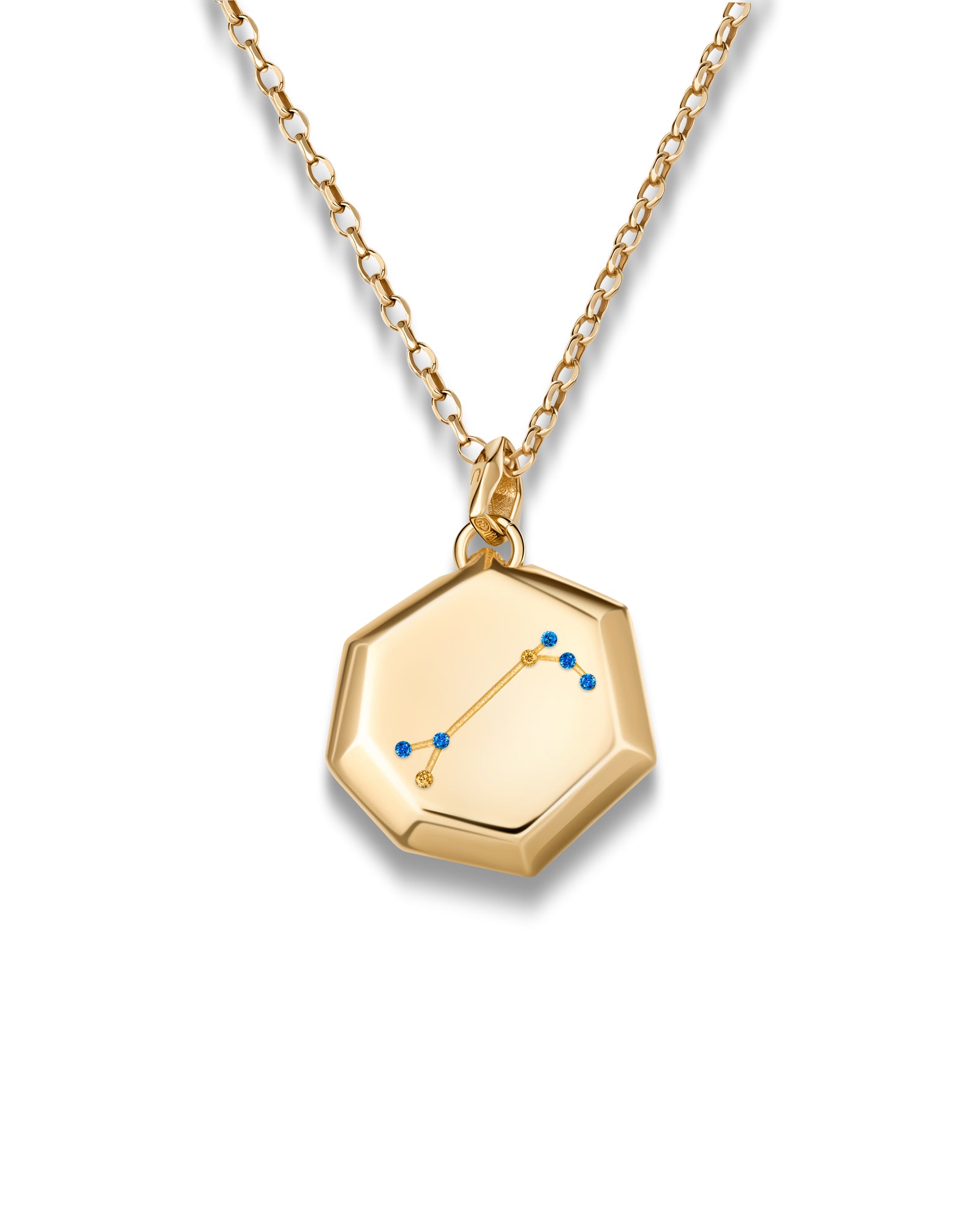
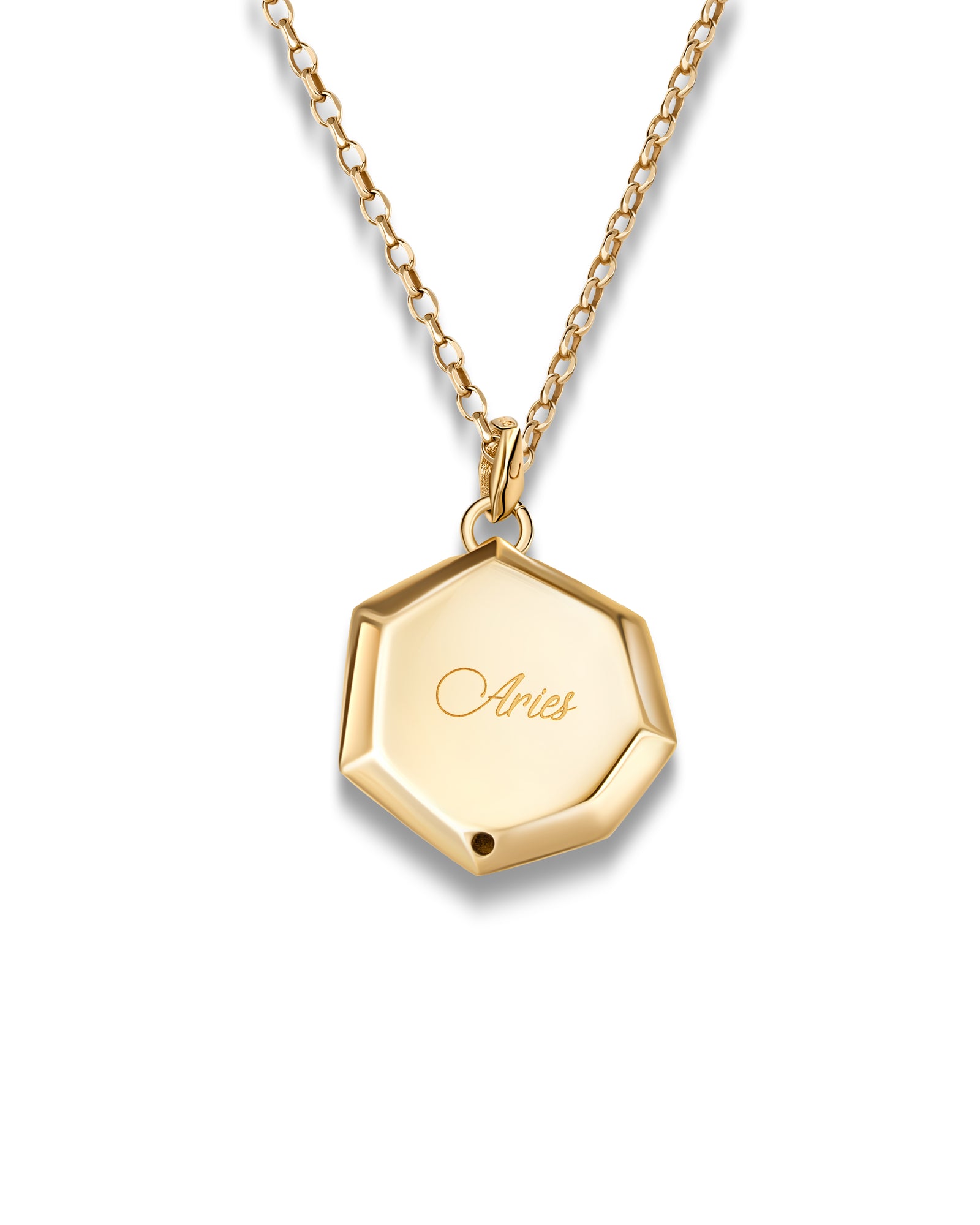


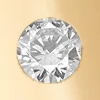
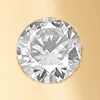
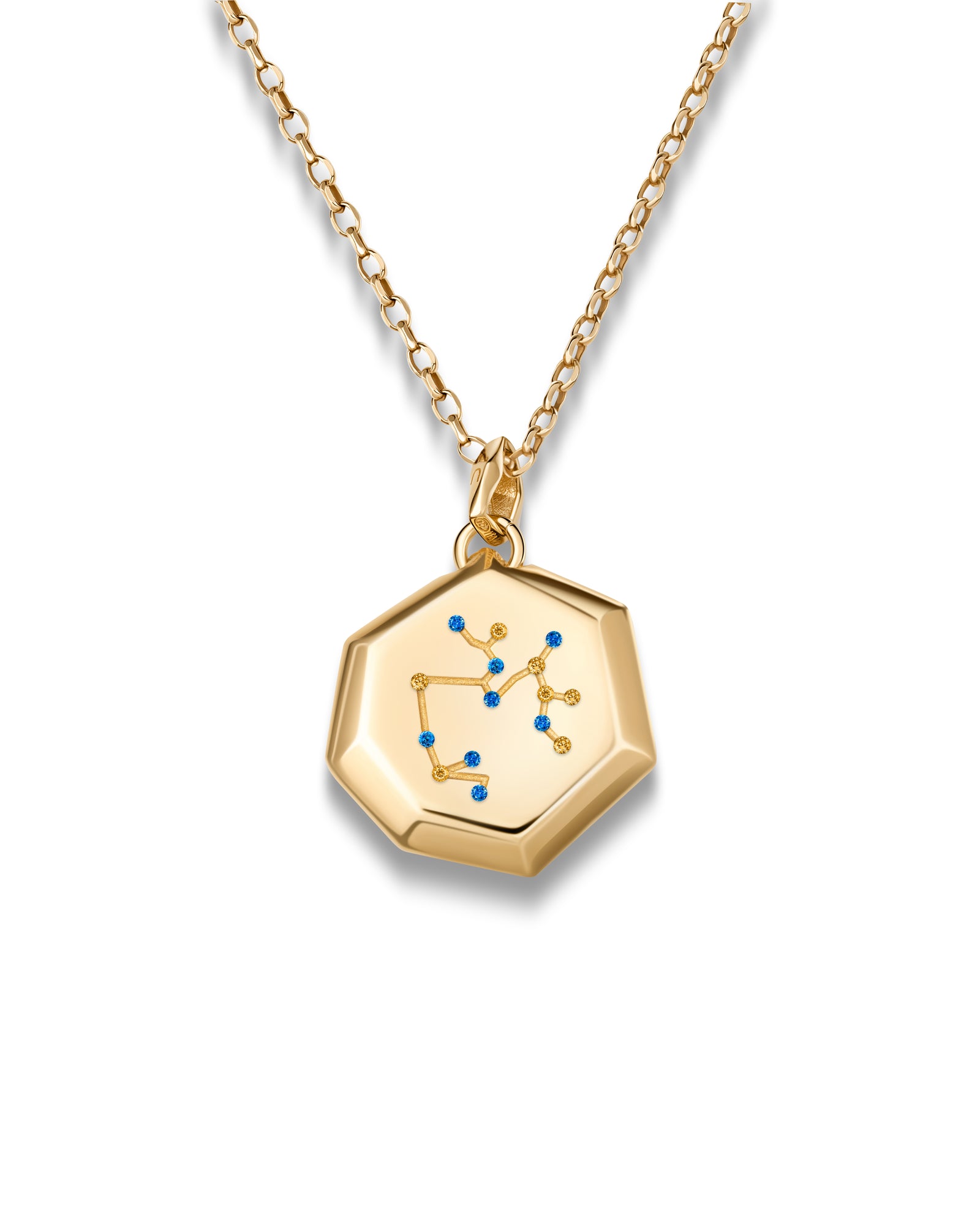
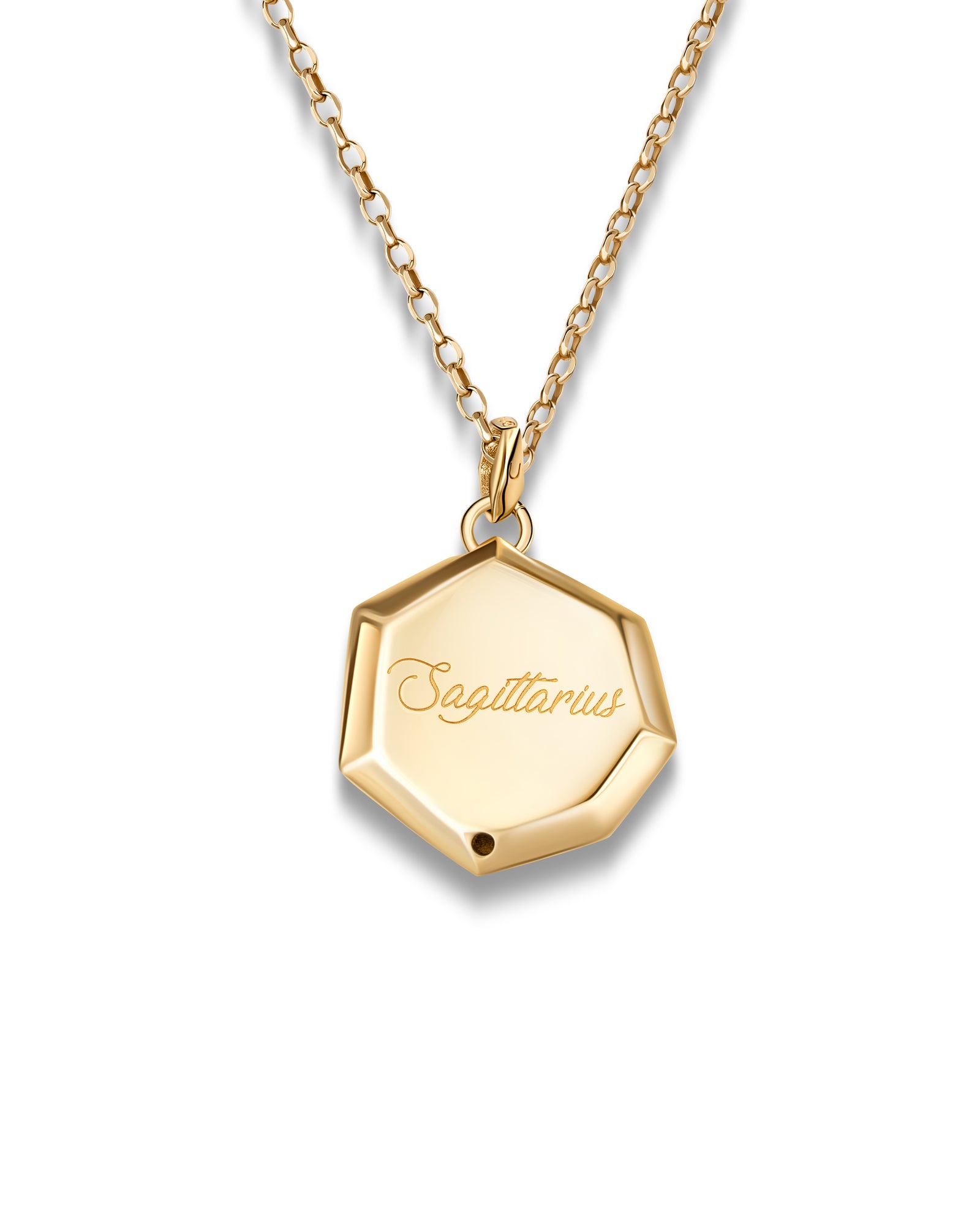
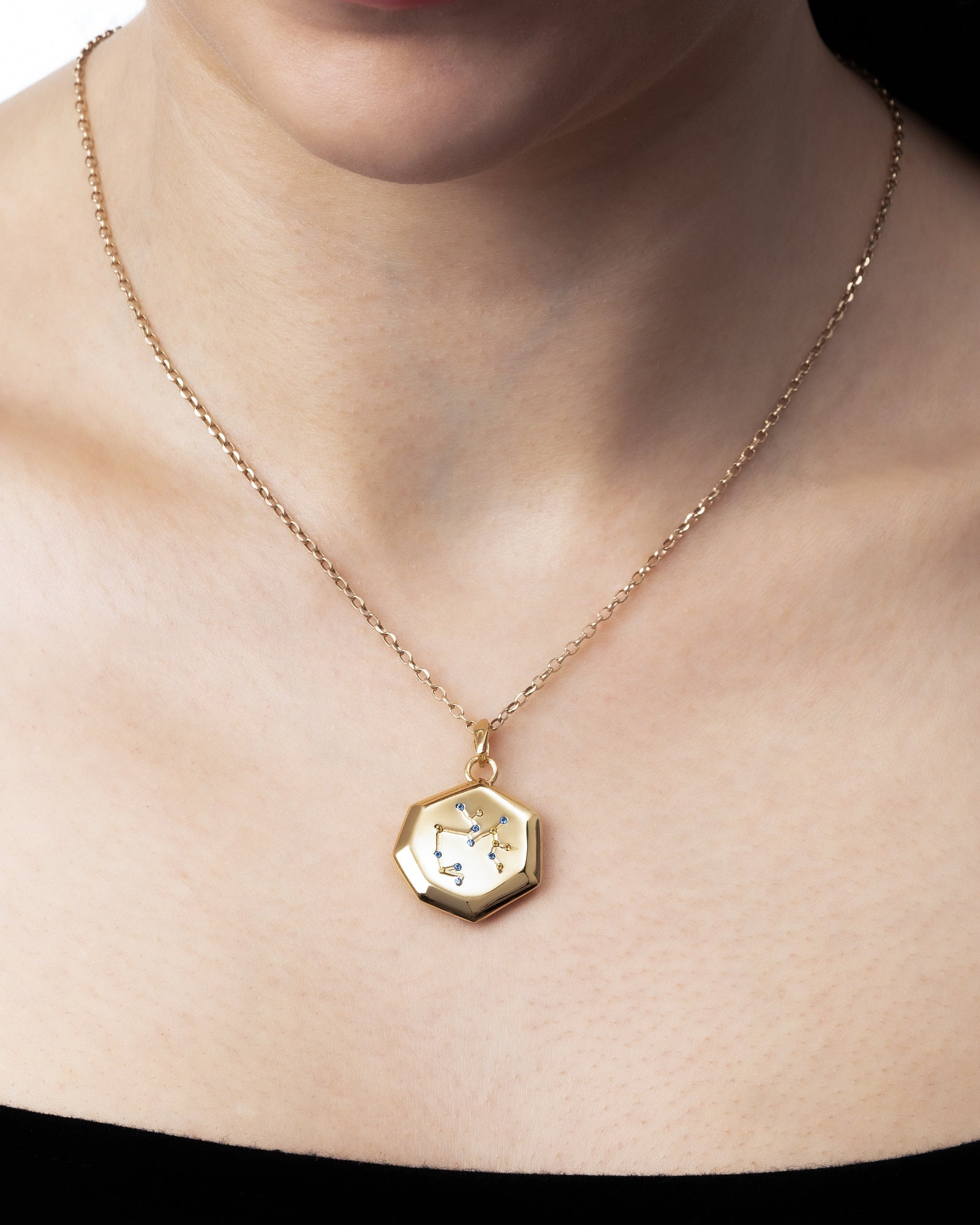
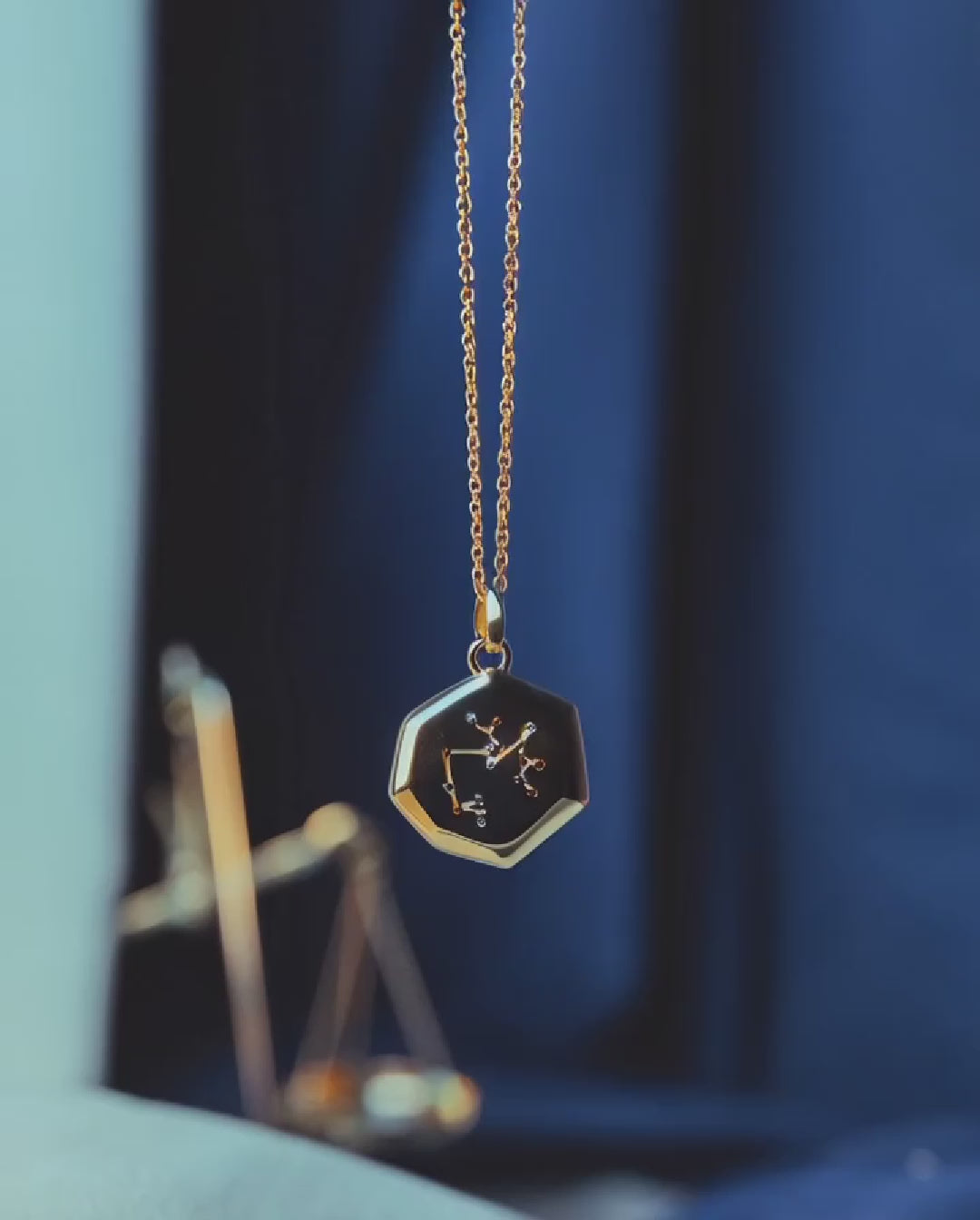
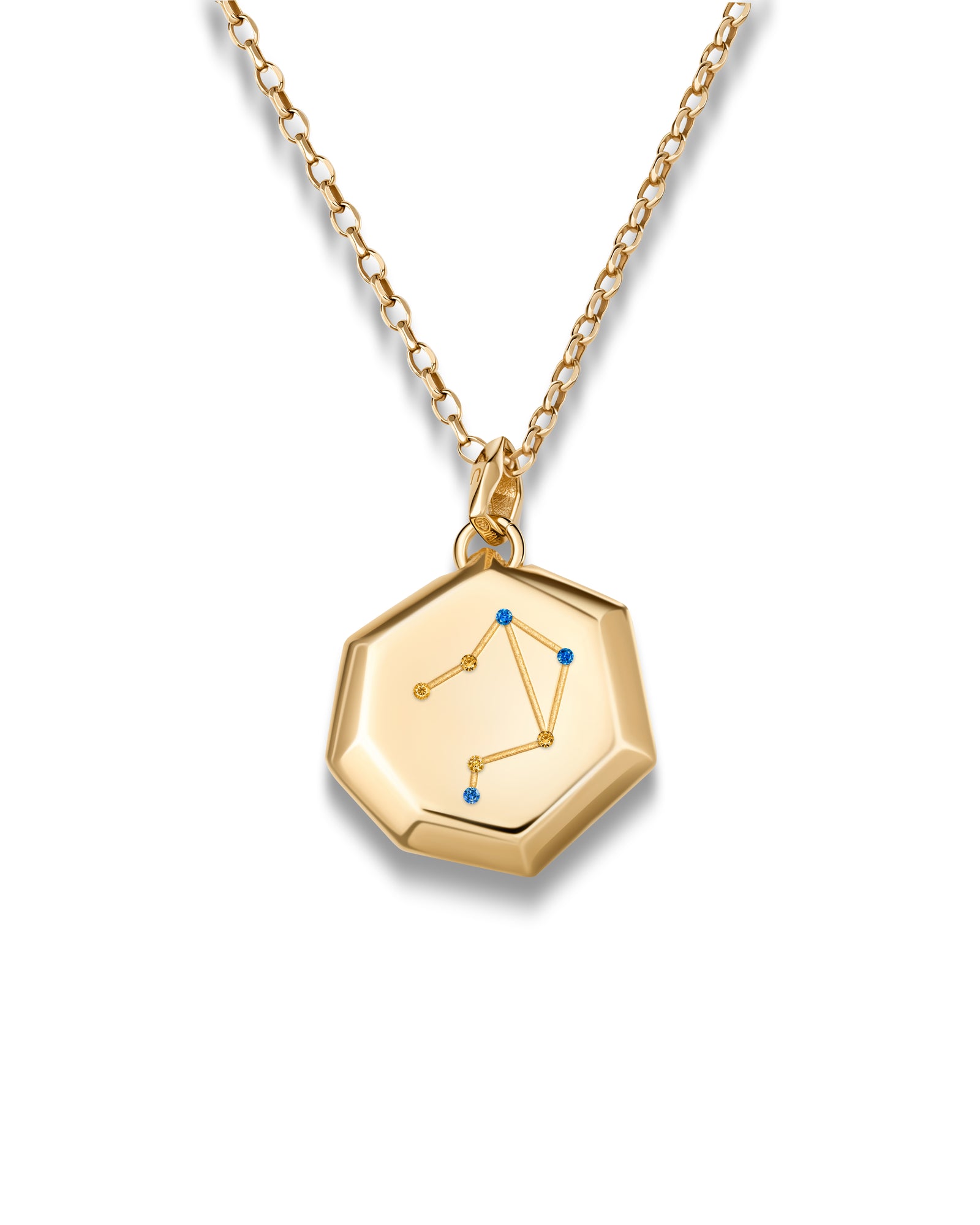
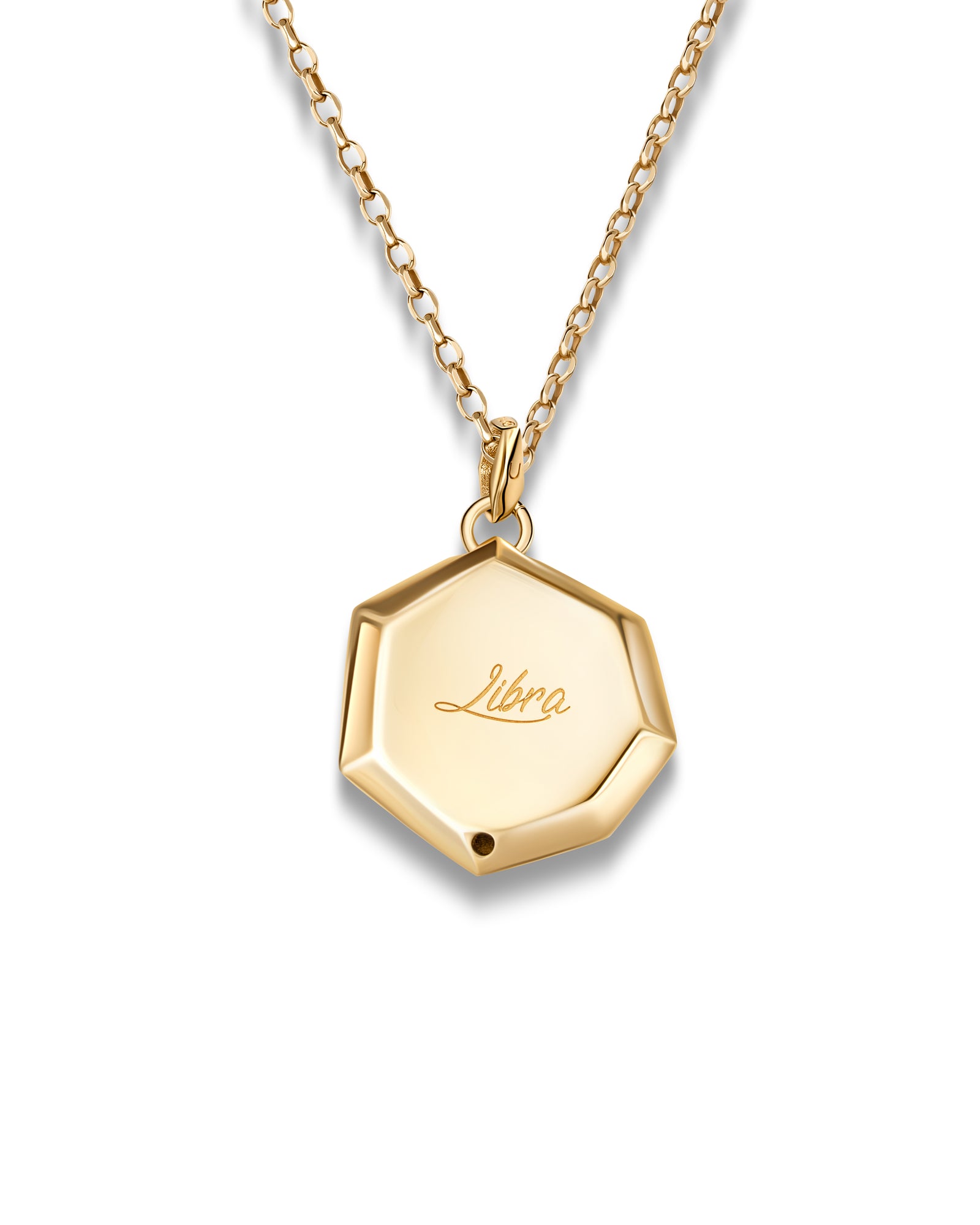
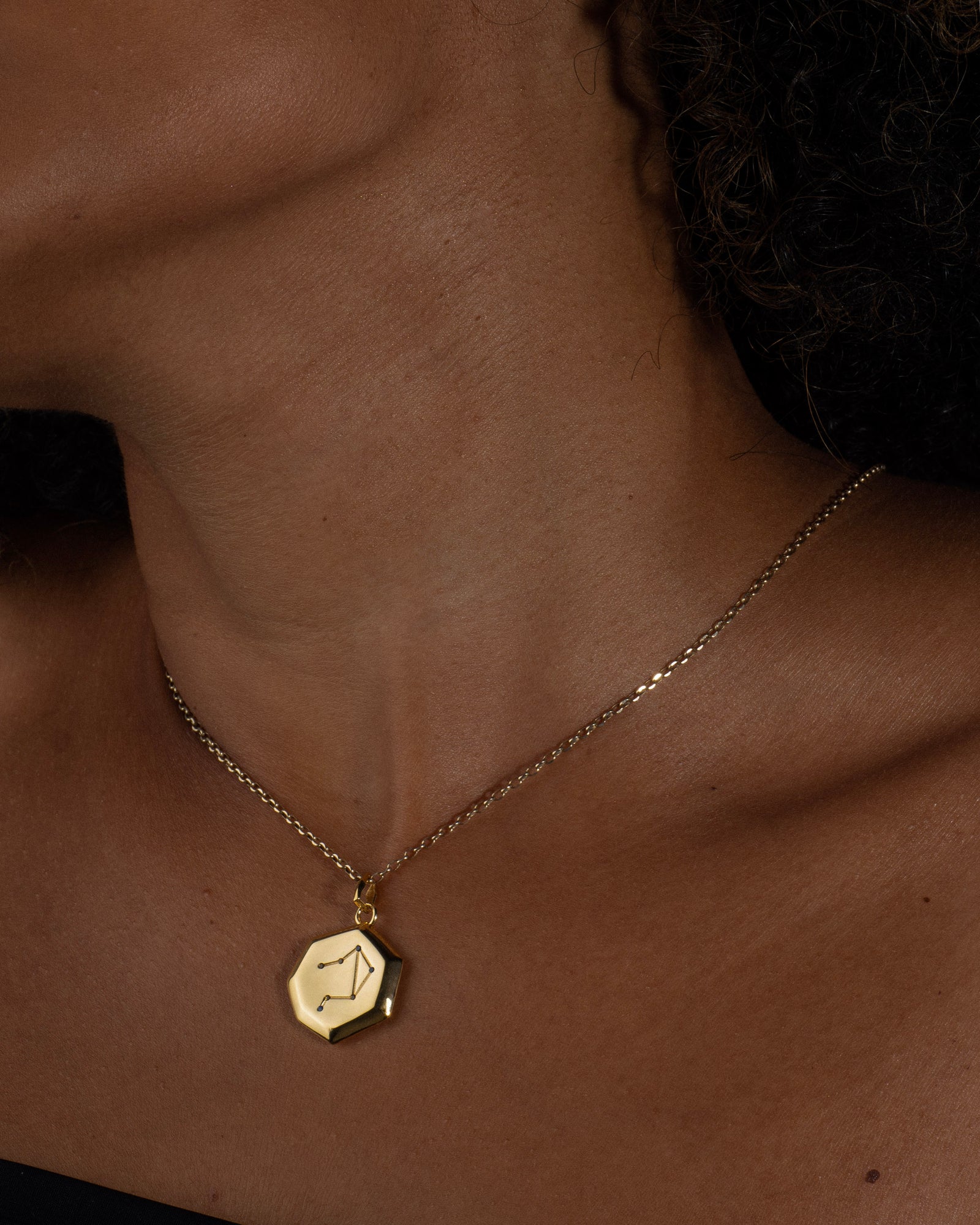

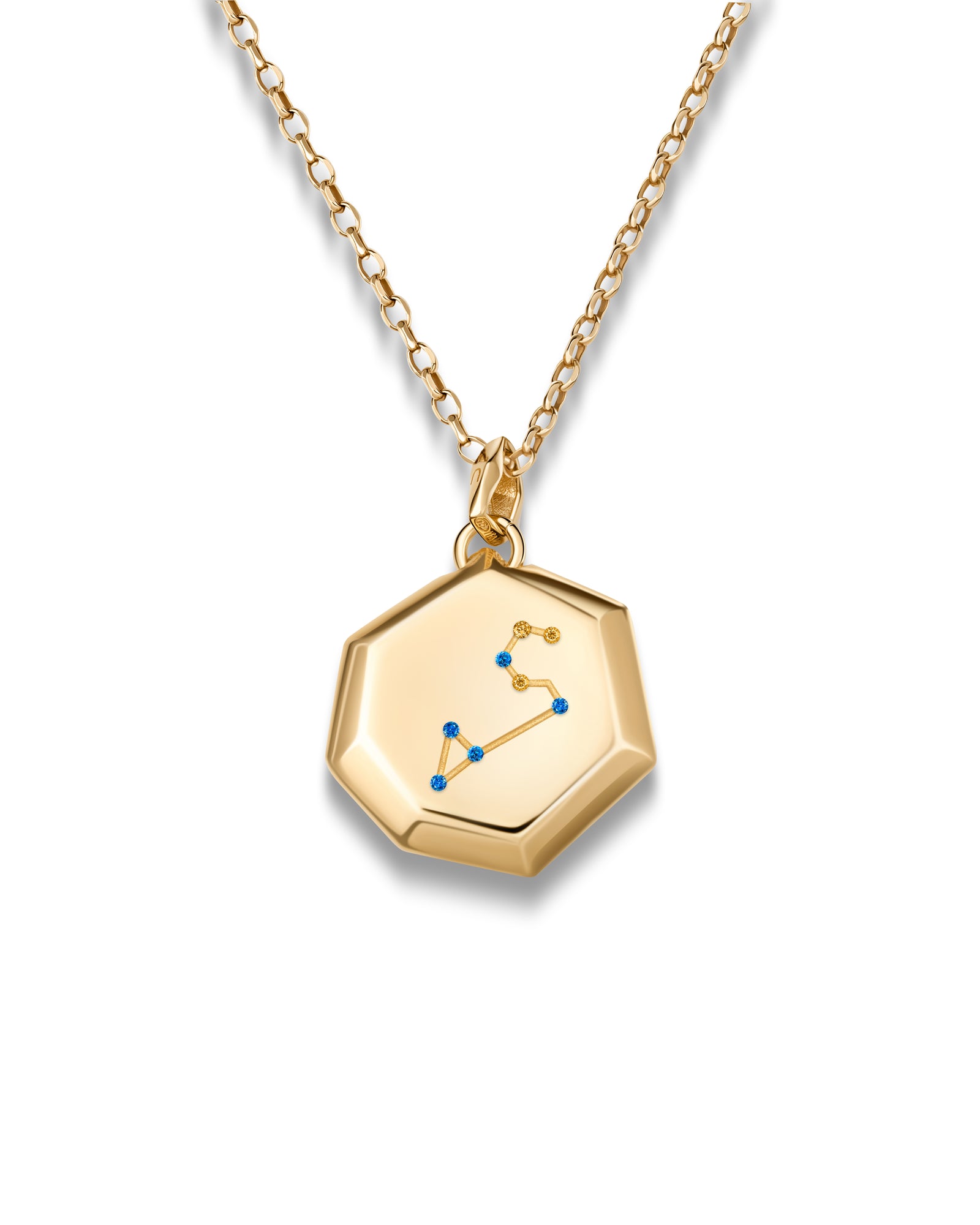
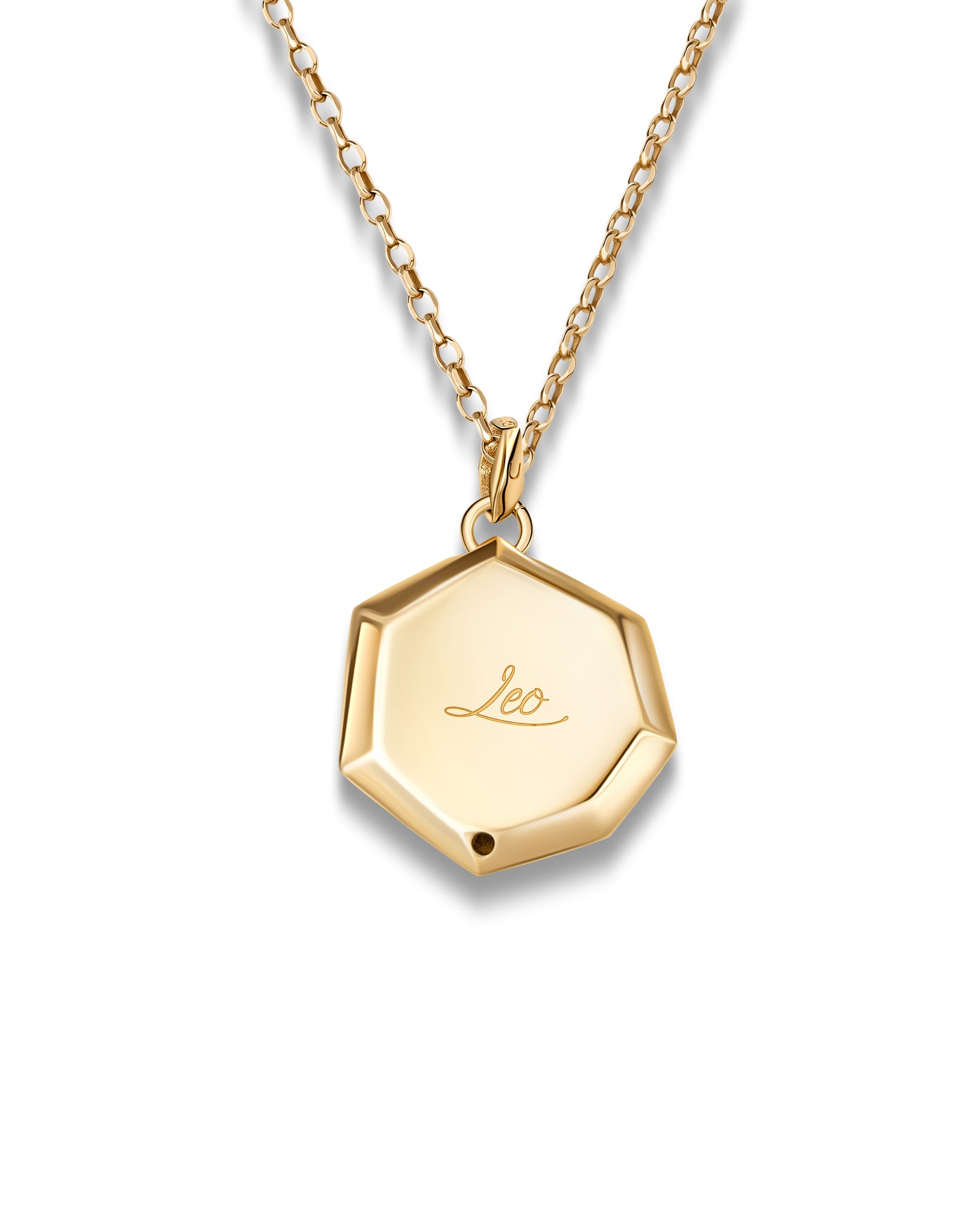

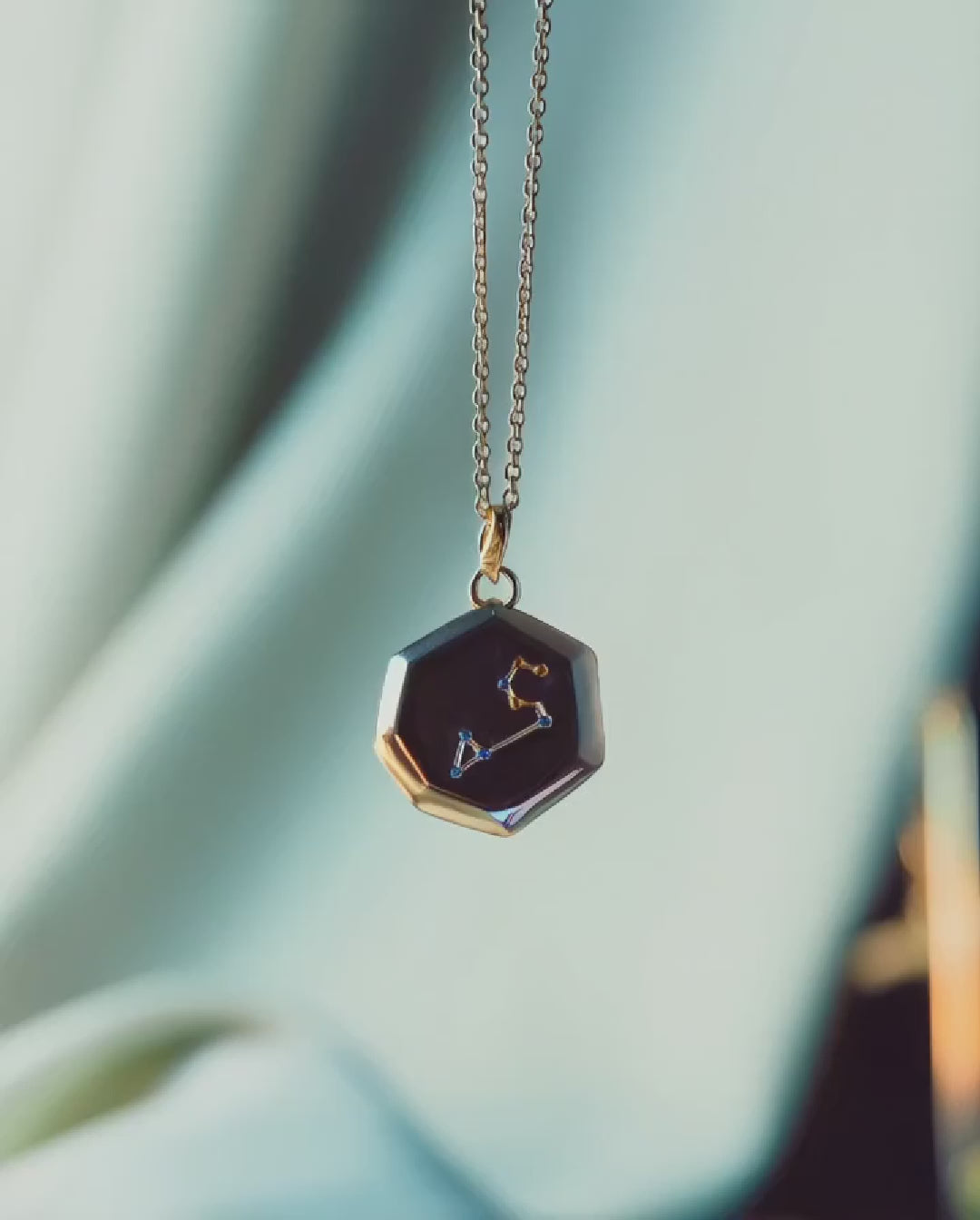
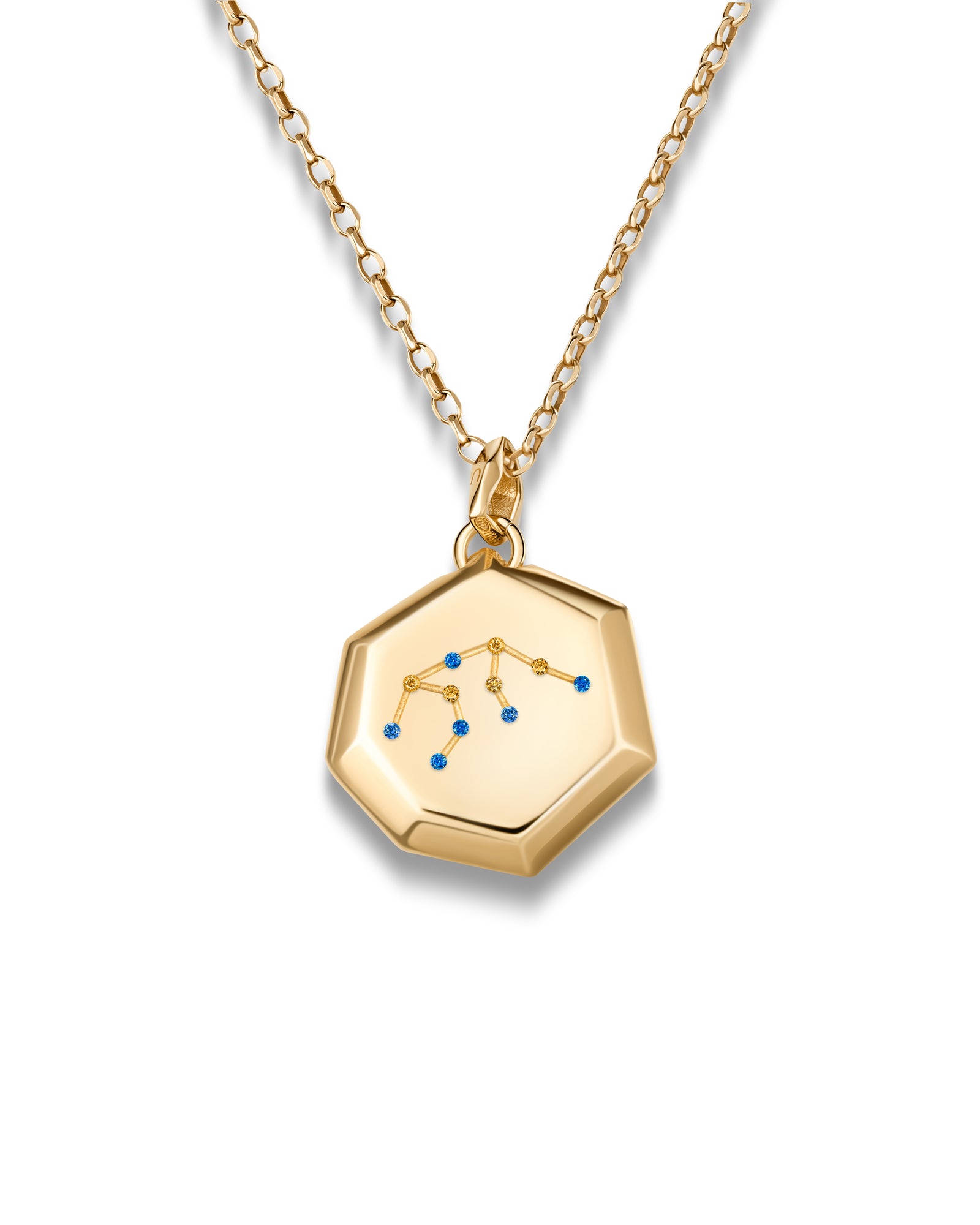
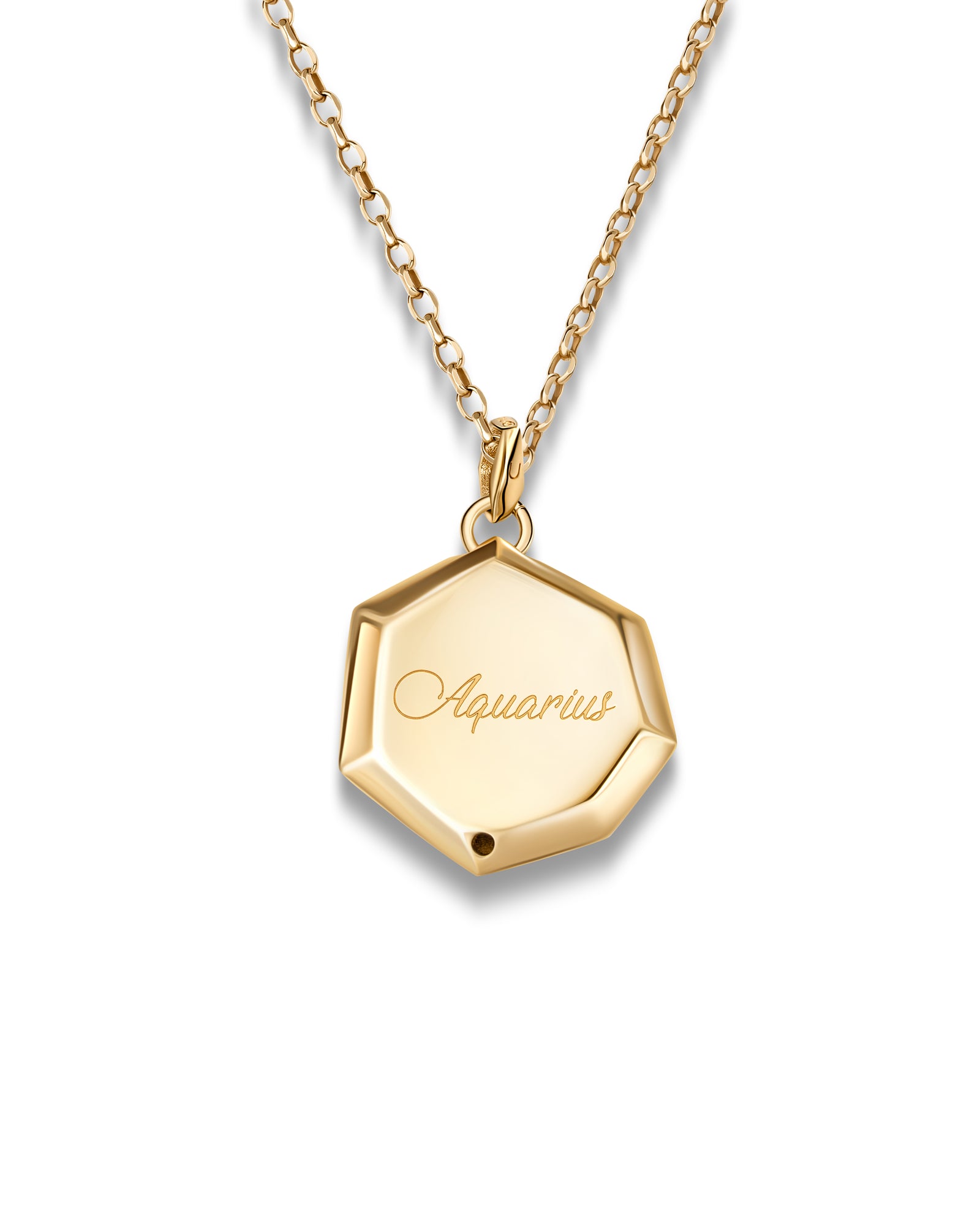

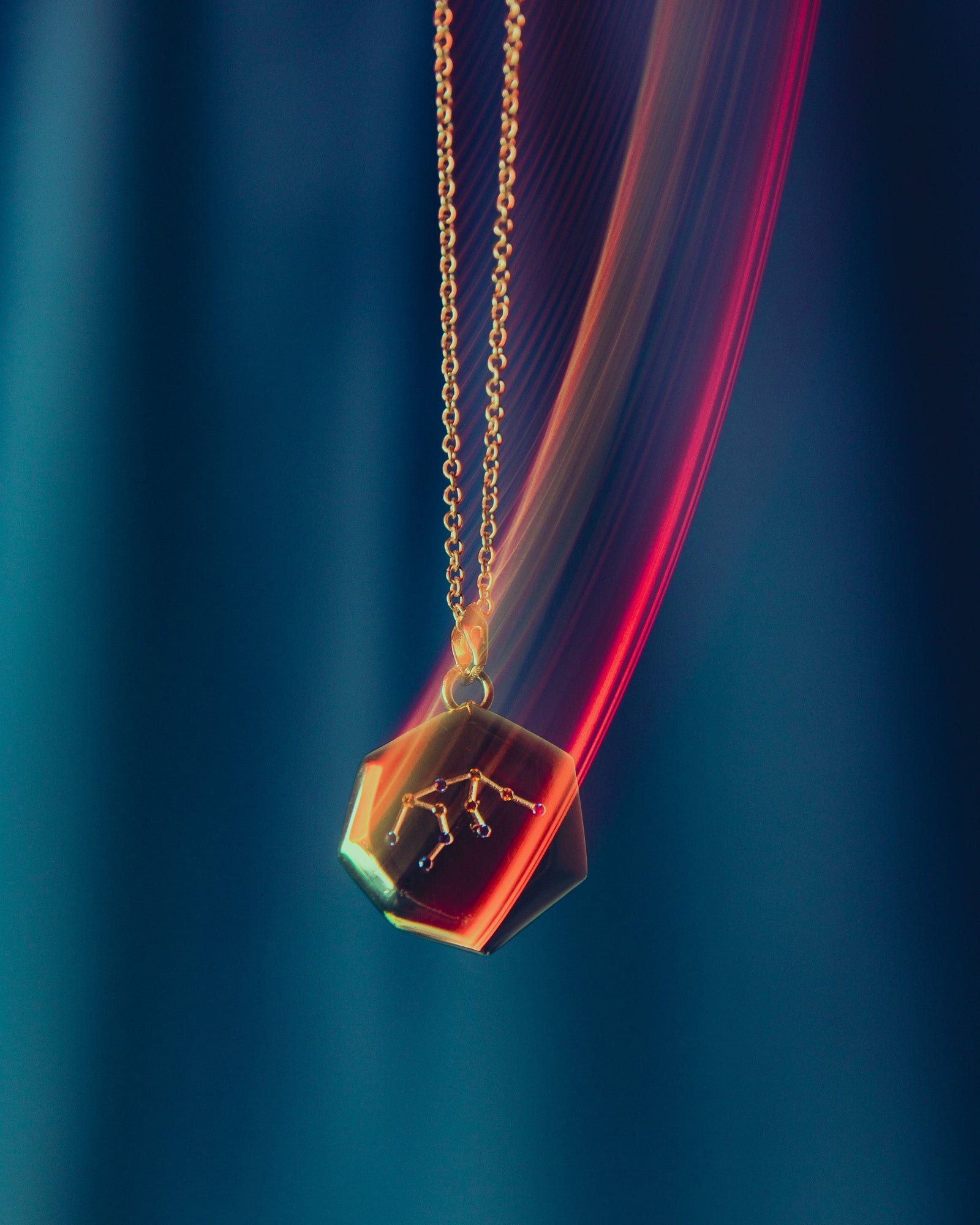




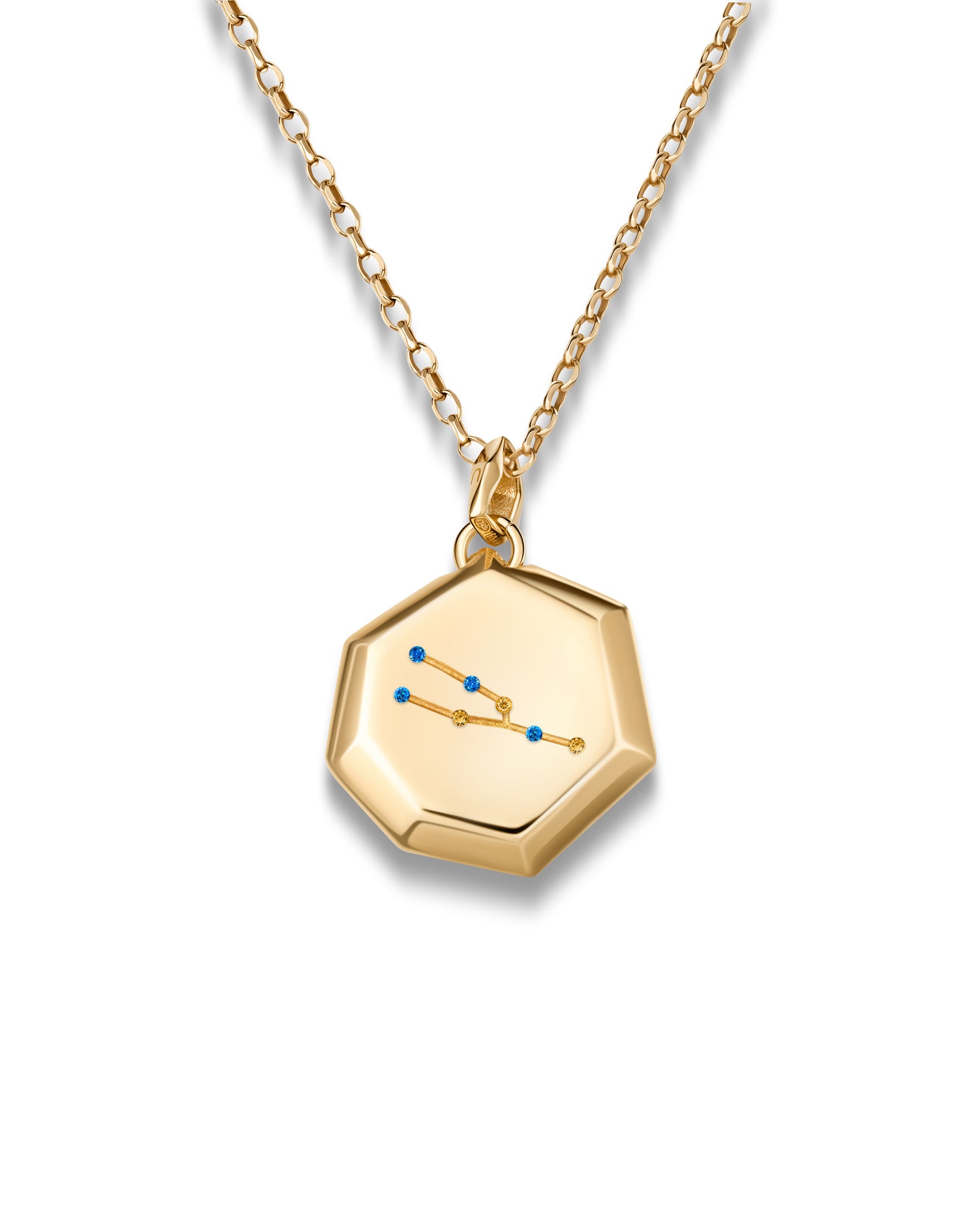
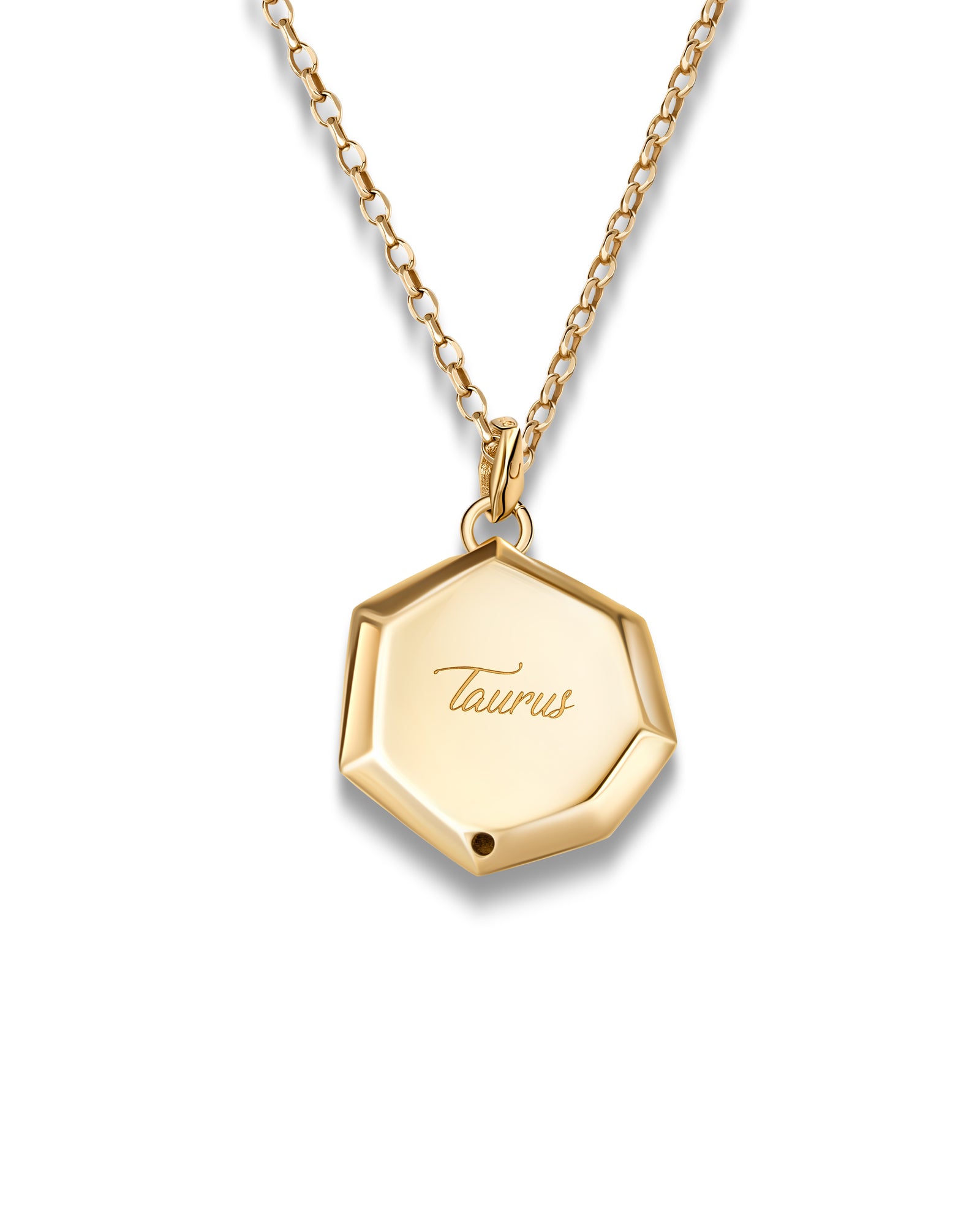


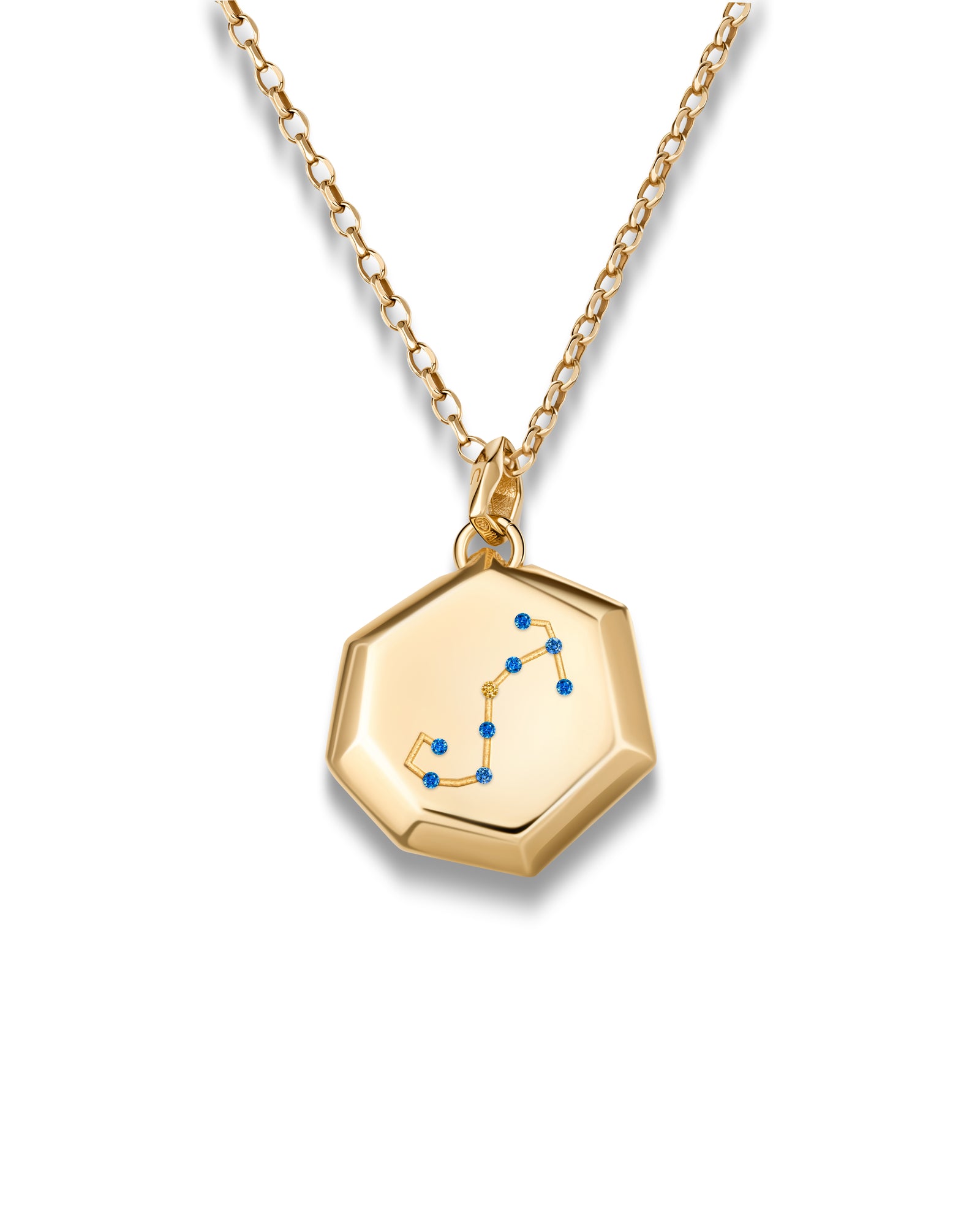
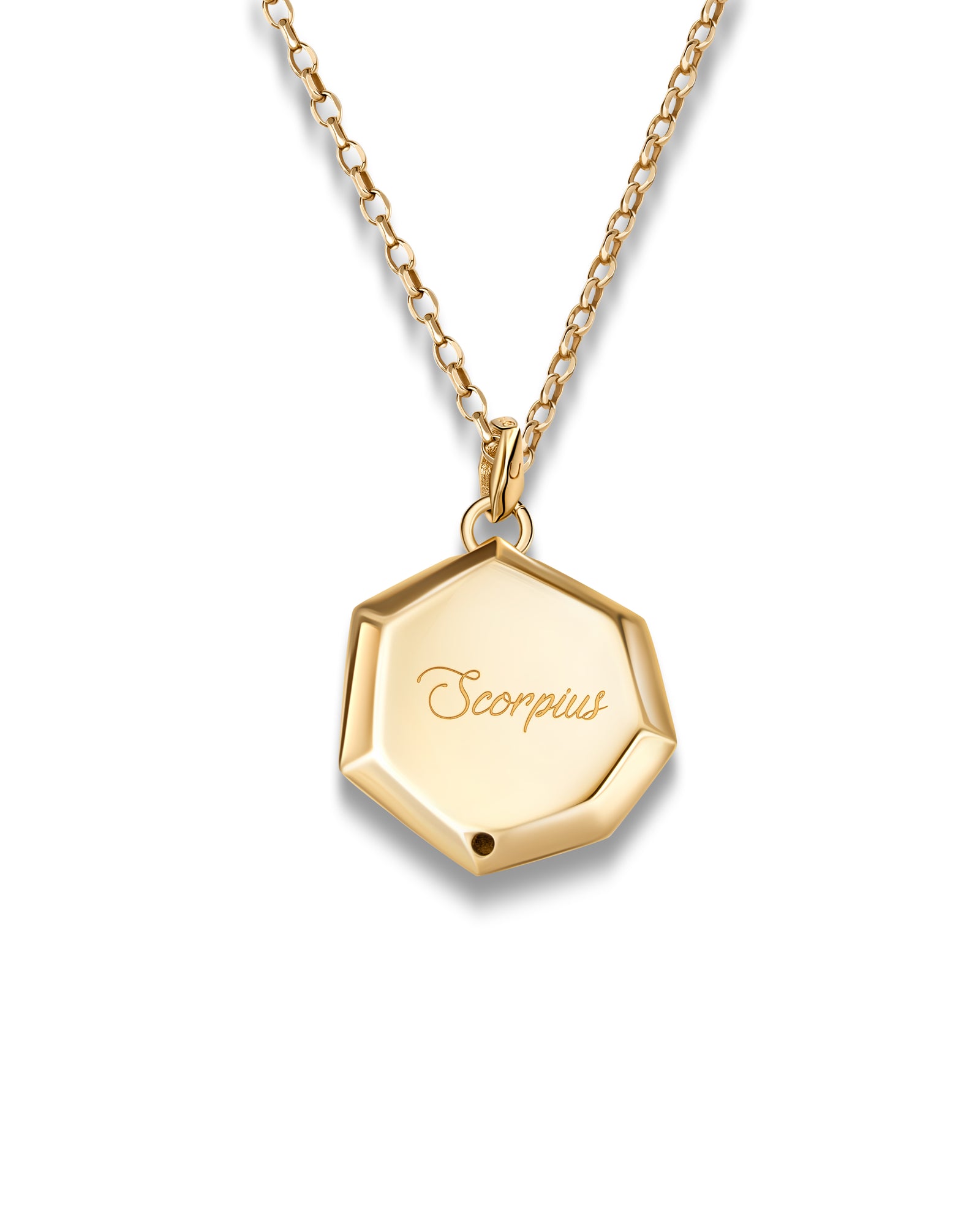


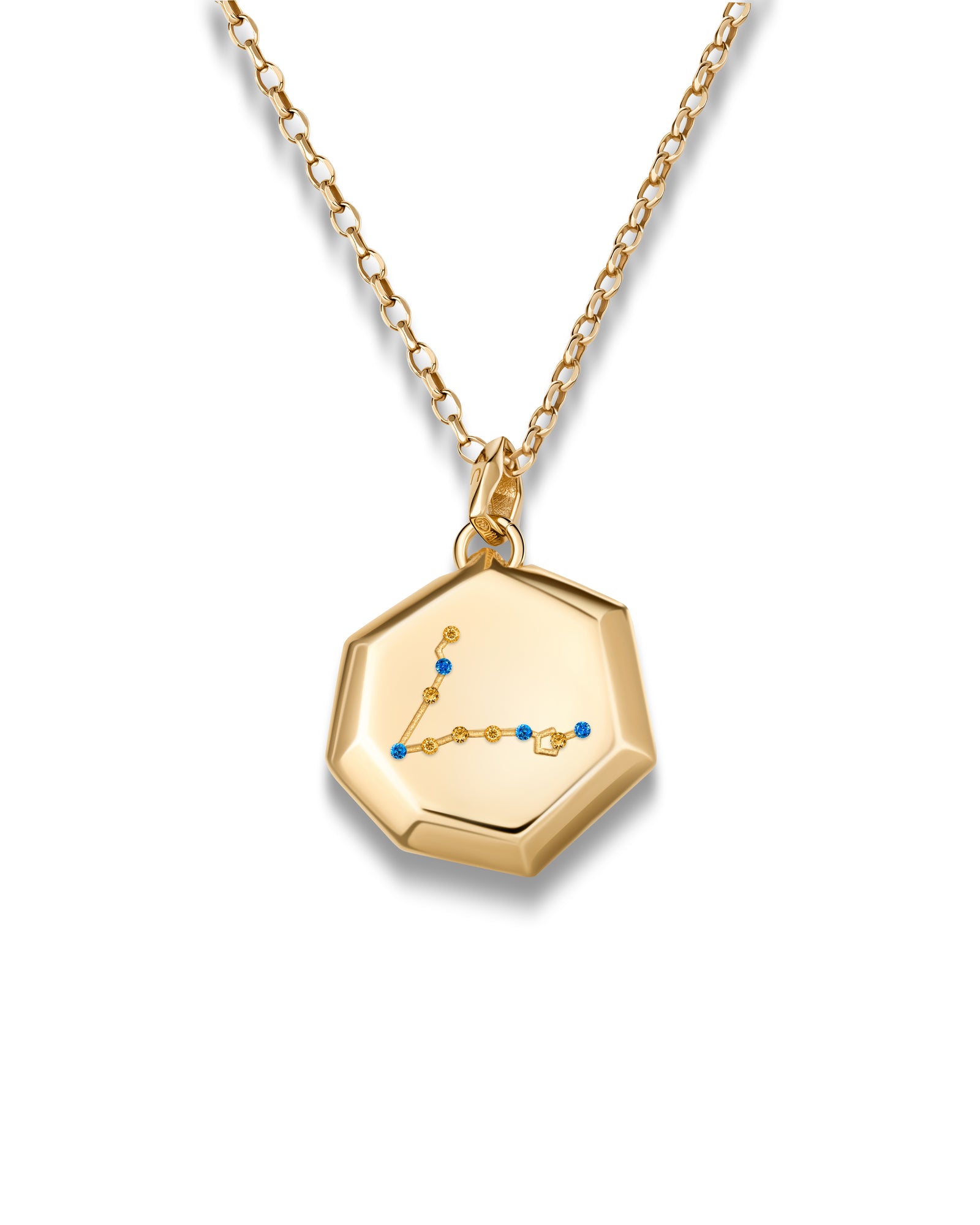
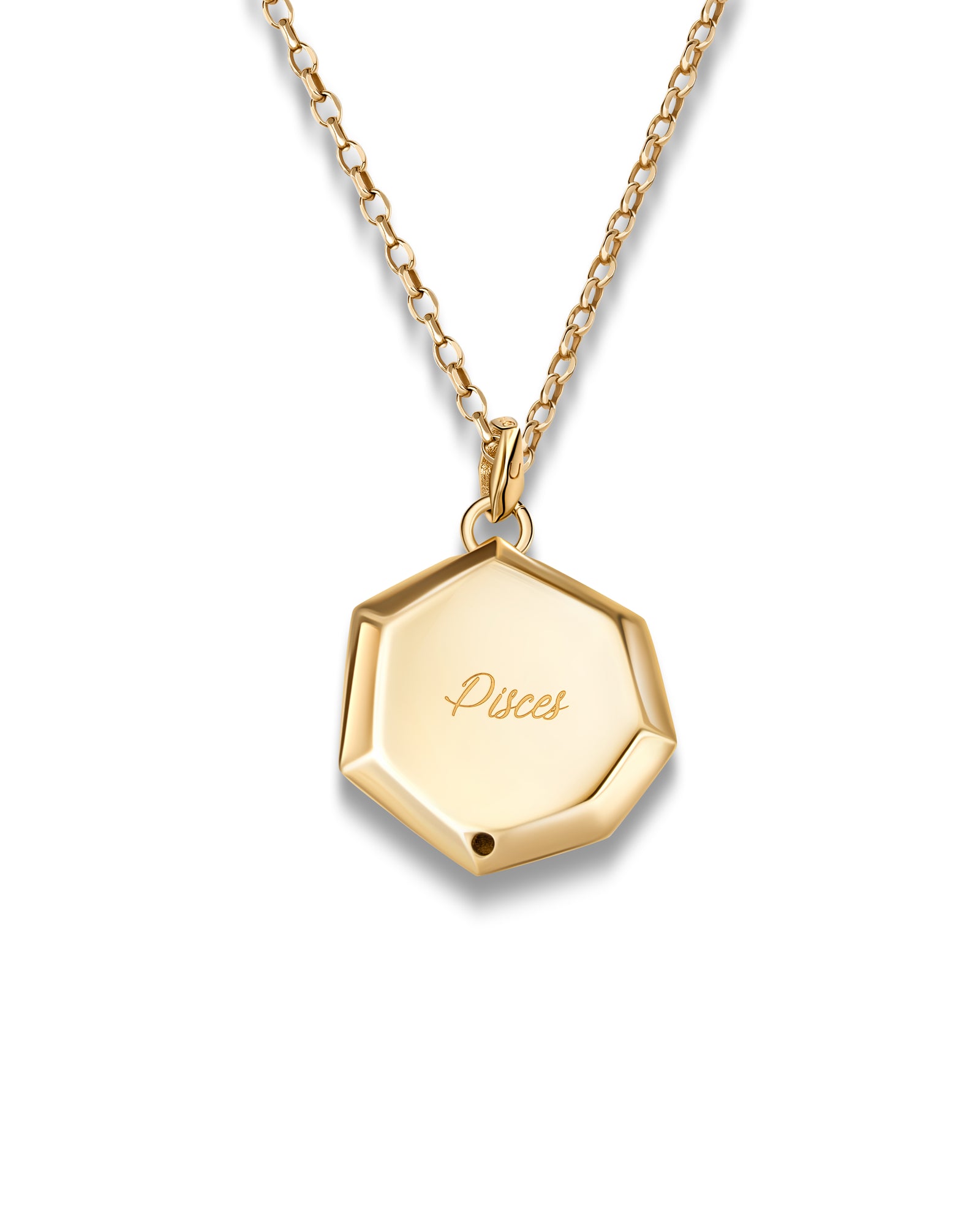


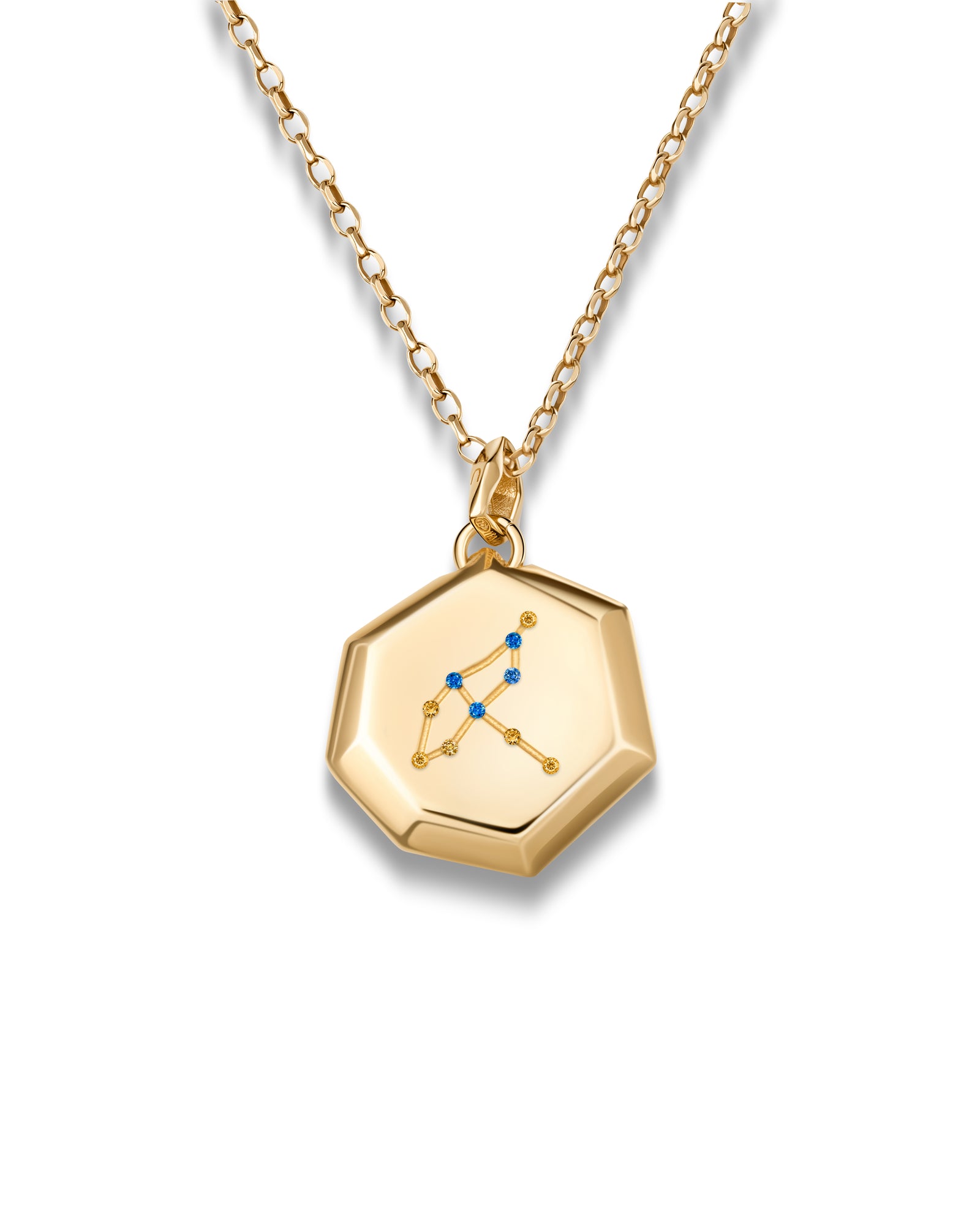
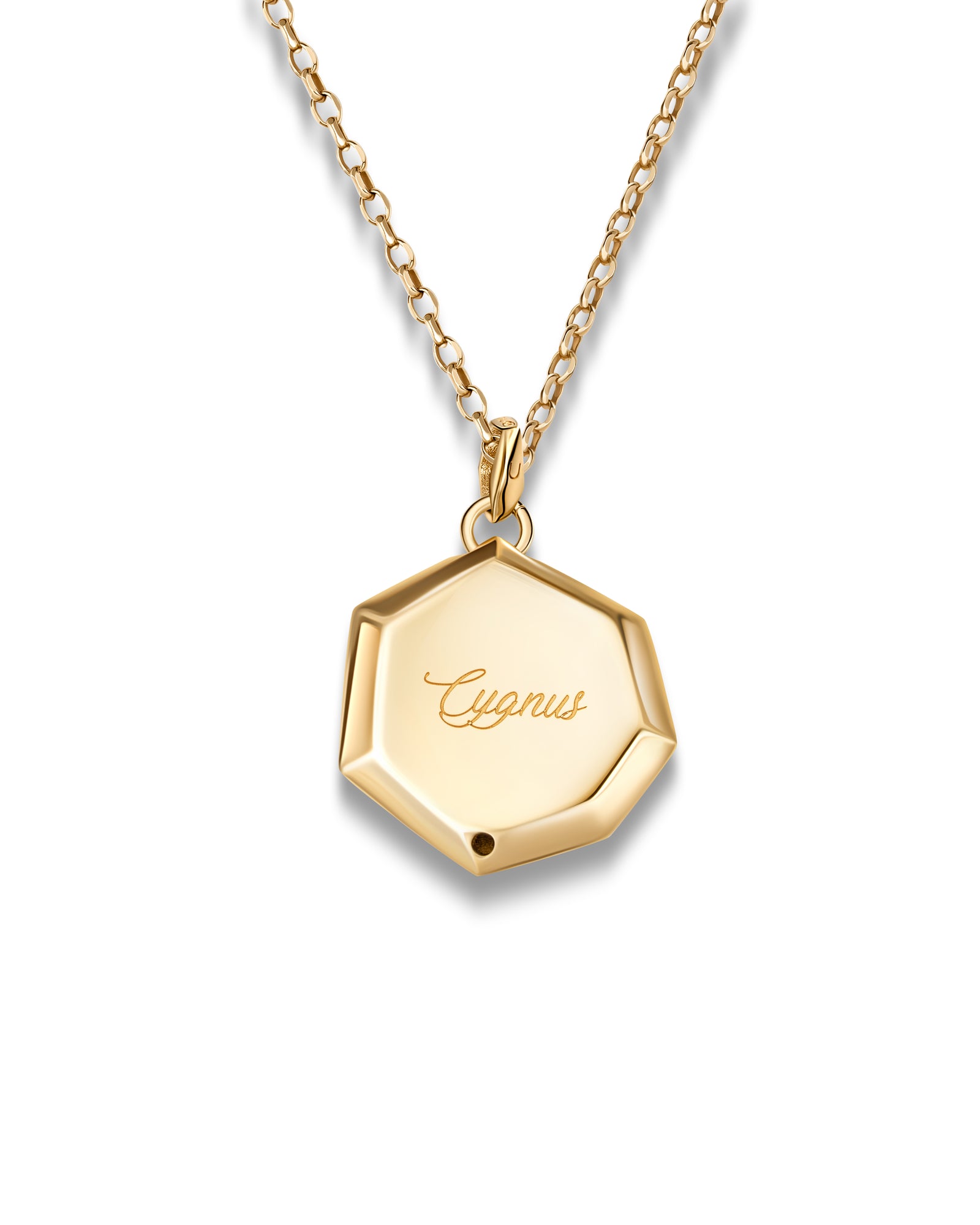

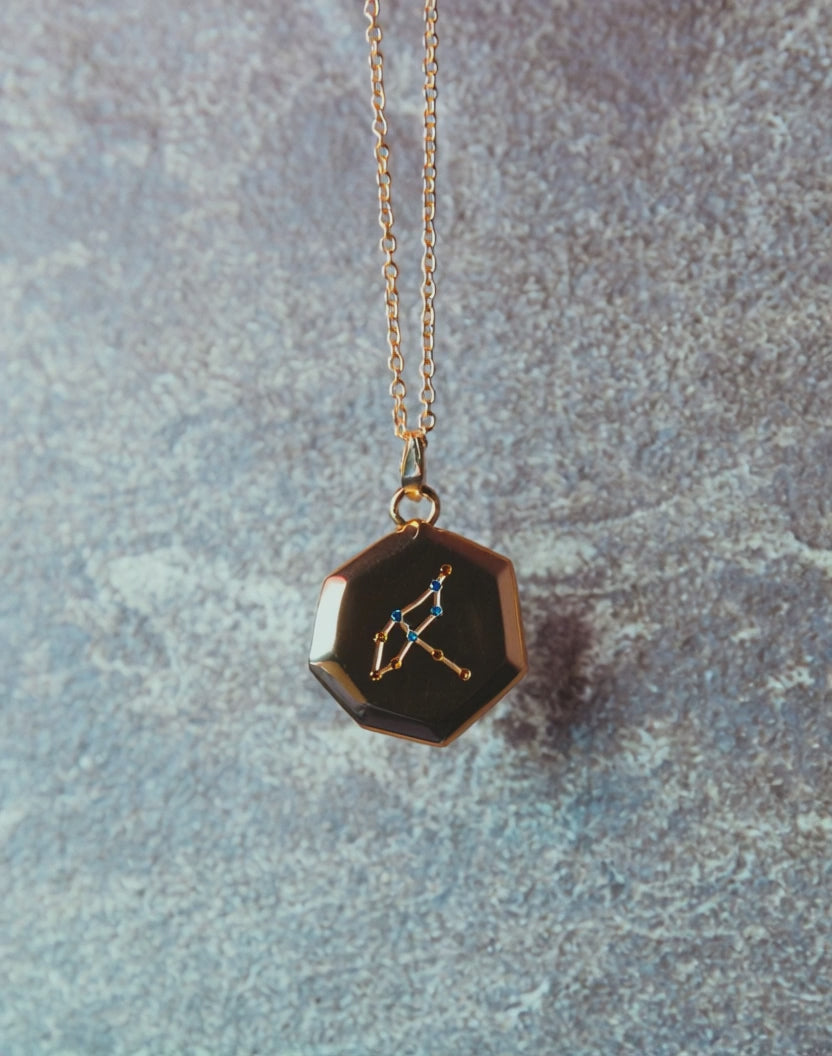
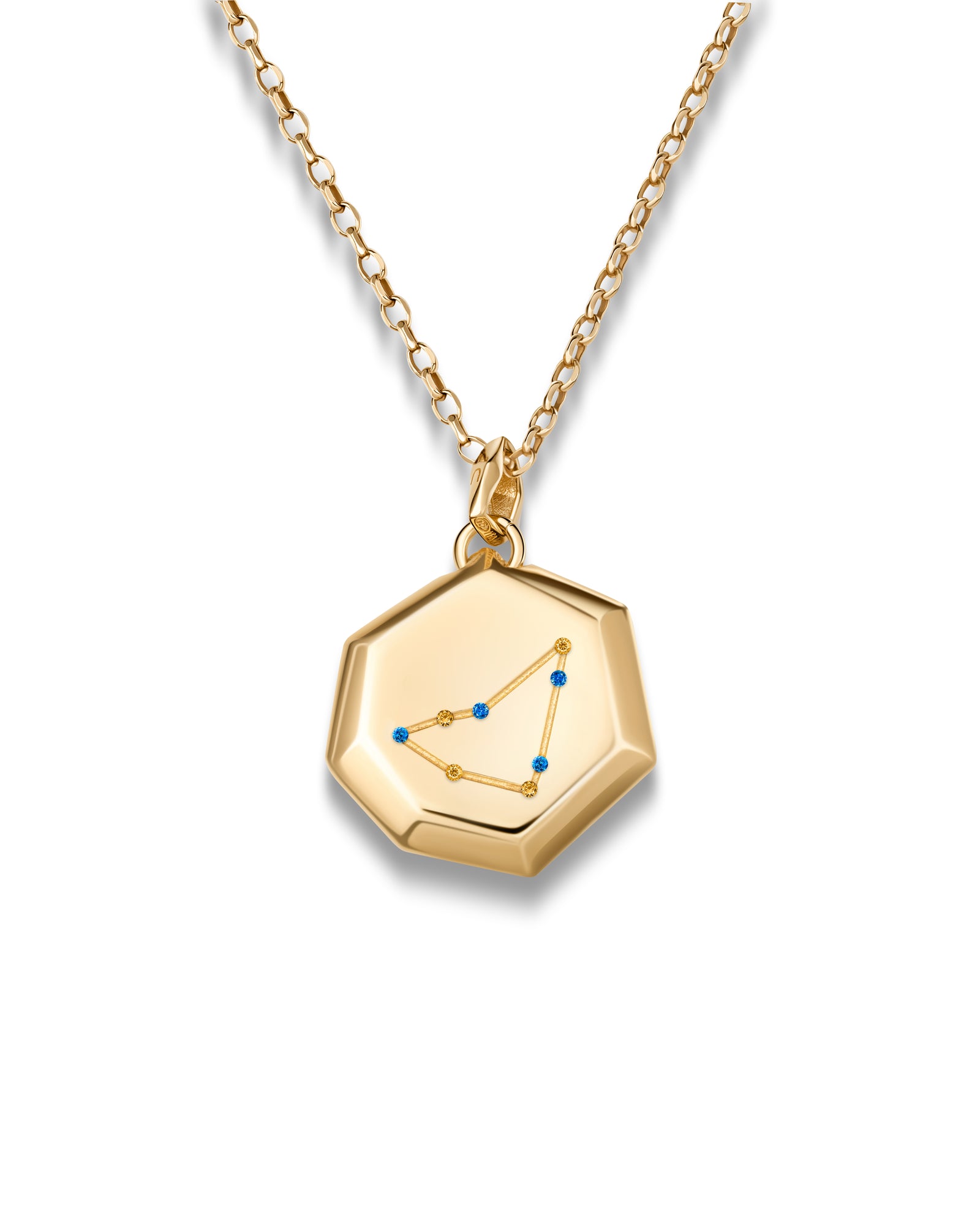
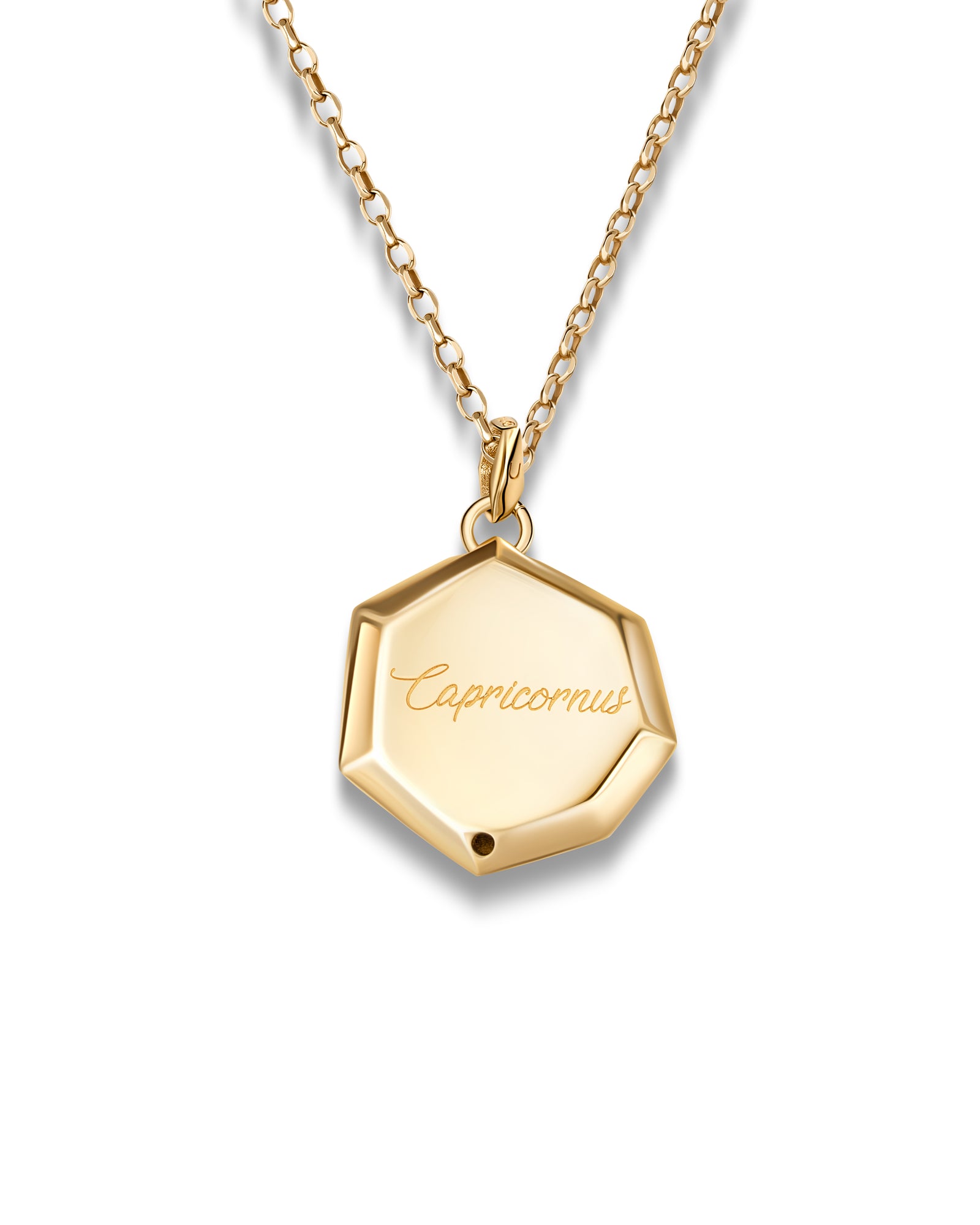
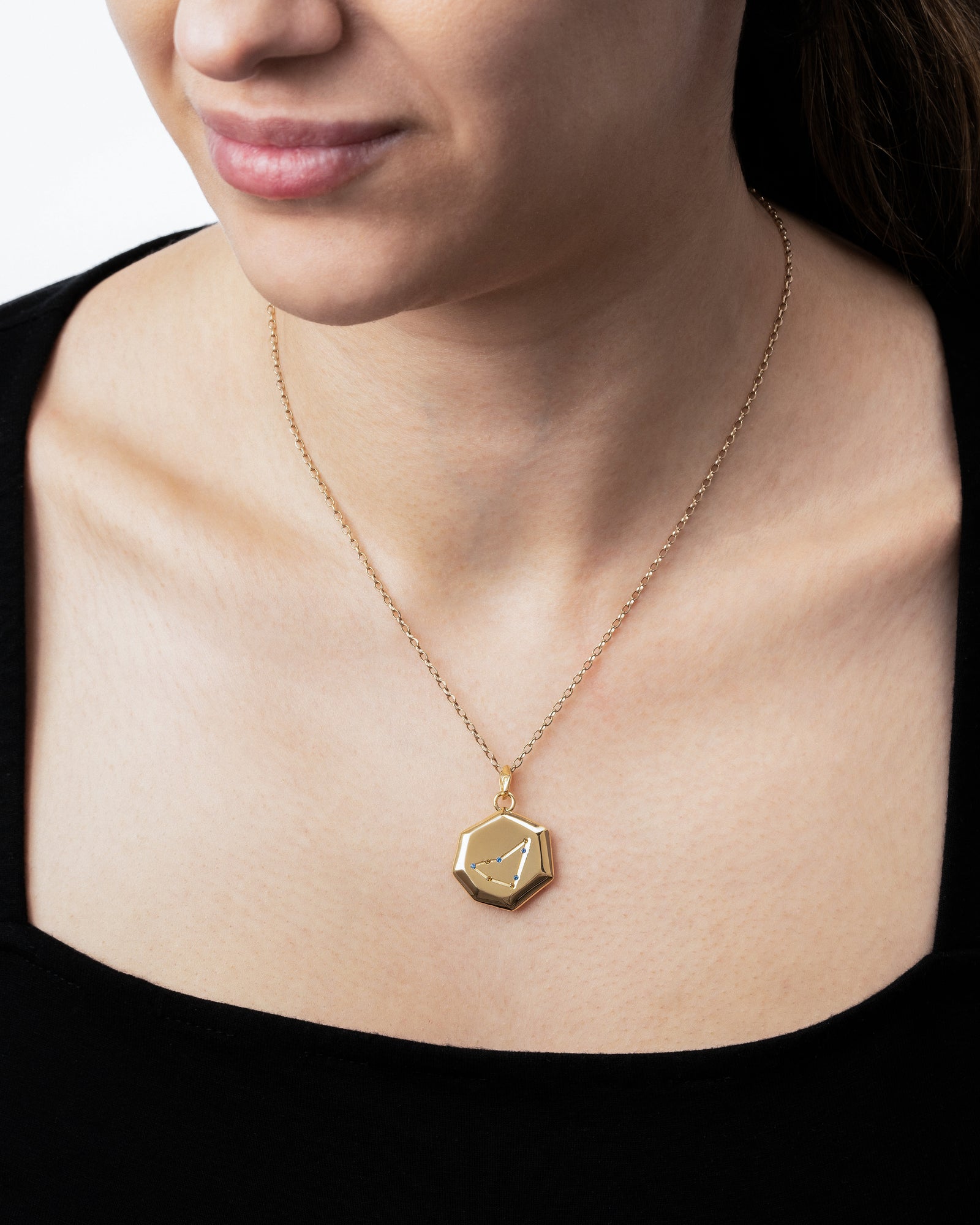
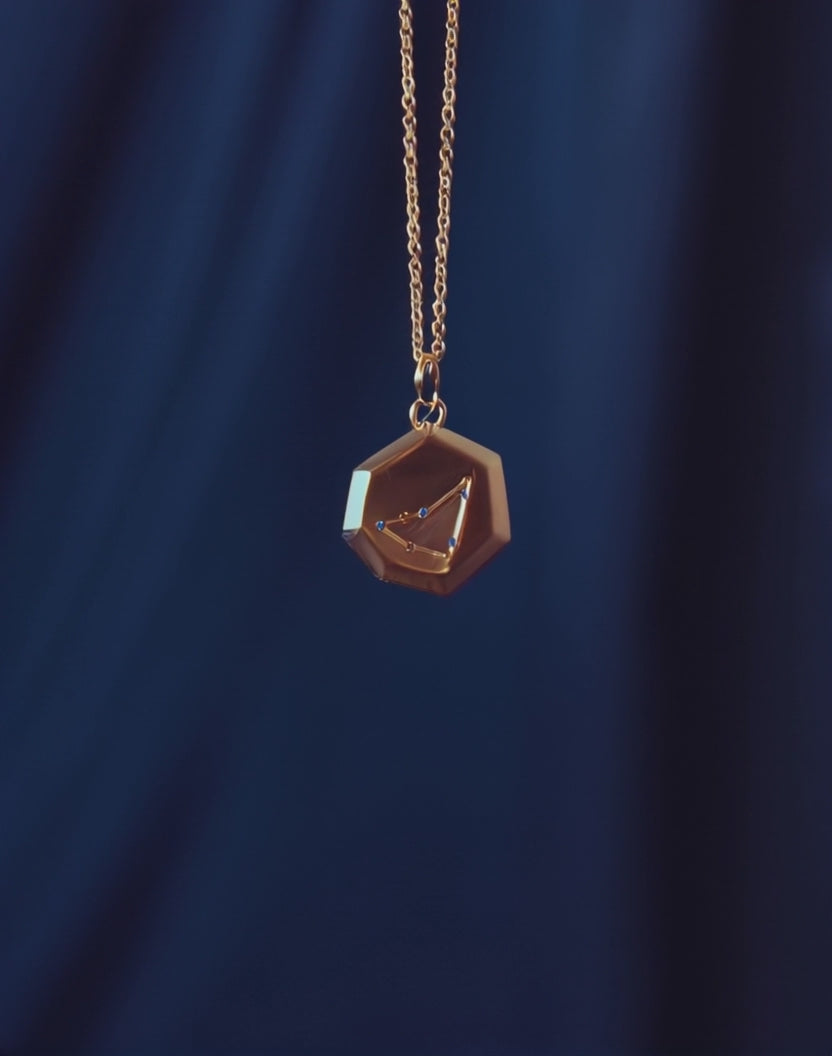
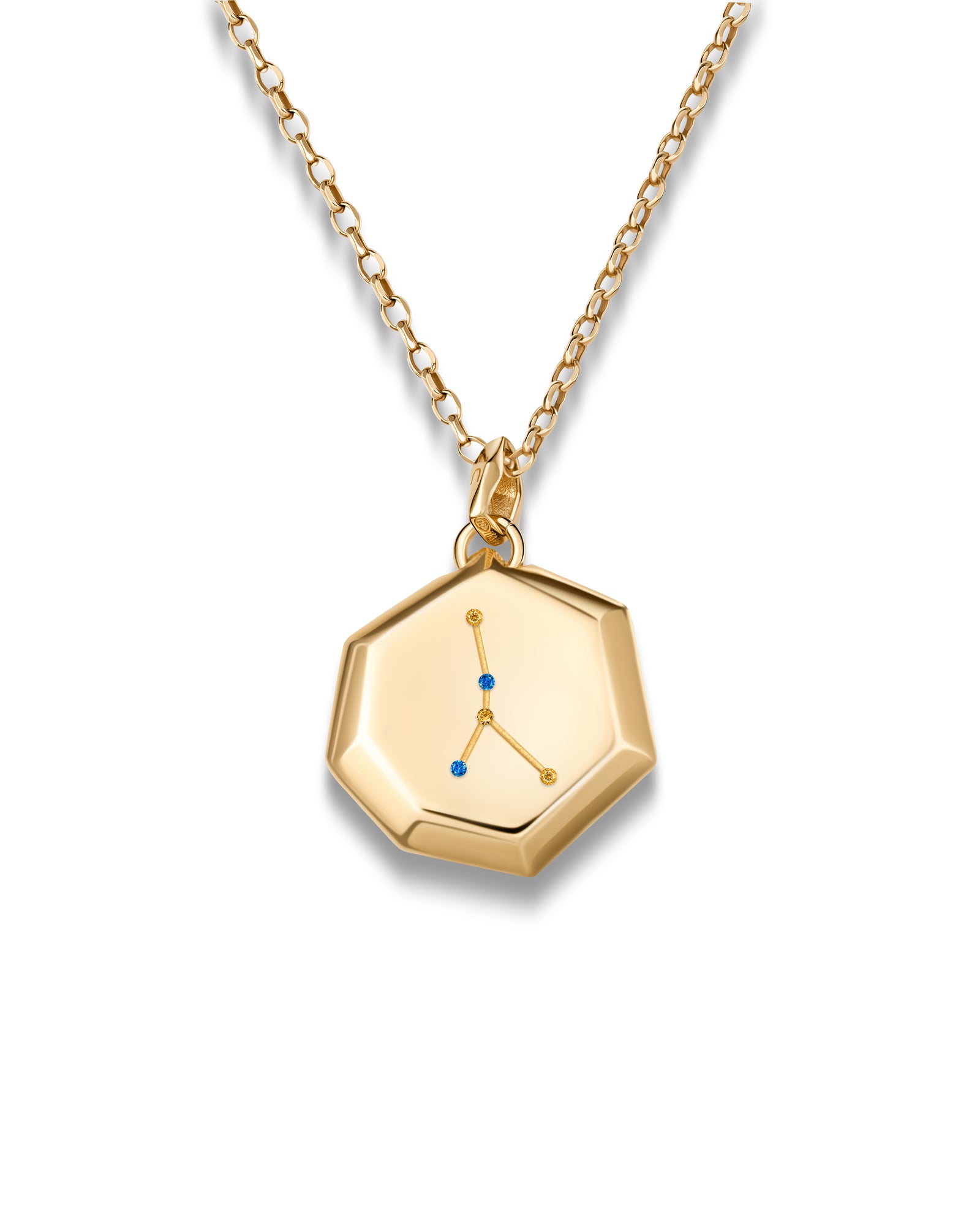
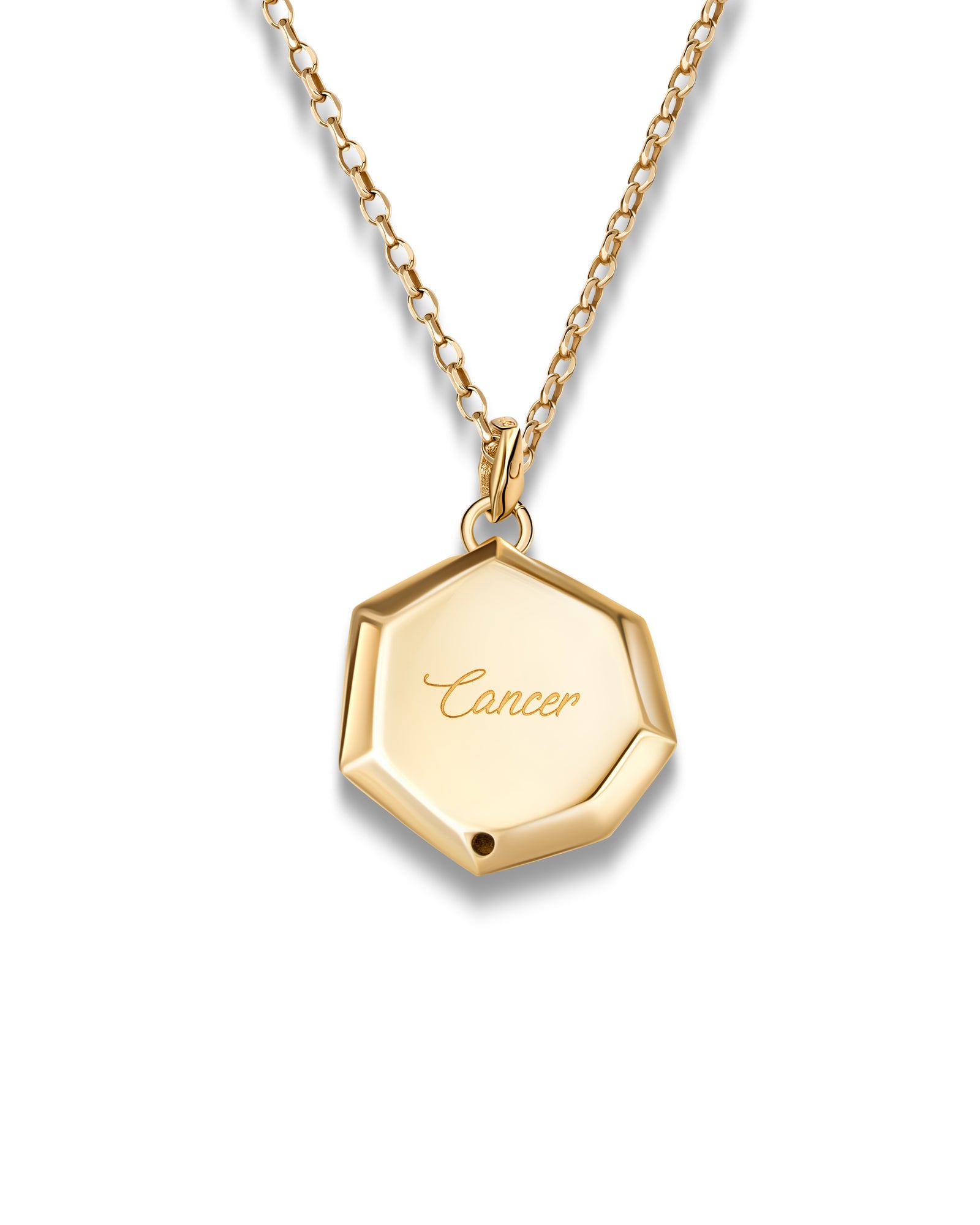


![Aquarius Natural Diamonds Pendant [PREORDER ONLY]](http://untamd.co.uk/cdn/shop/files/Aquarius_1_6f06026e-c446-4a13-a682-82b02b17f238.jpg?v=1759758043&width=1600)
![Aquarius Natural Diamonds Pendant [PREORDER ONLY]](http://untamd.co.uk/cdn/shop/files/Aquarius_Back_1.jpg?v=1759758043&width=1600)
![Aquarius Natural Diamonds Pendant [PREORDER ONLY]](http://untamd.co.uk/cdn/shop/files/Aquarius_3.jpg?v=1759758043&width=1600)
![Aquarius Natural Diamonds Pendant [PREORDER ONLY]](http://untamd.co.uk/cdn/shop/files/Aquarius_2f87f5ed-935e-4dbb-9598-147d5f8bf918.jpg?v=1759758043&width=1600)
![Aries Natural Diamonds Pendant [PREORDER ONLY]](http://untamd.co.uk/cdn/shop/files/Aries_2_6ae63ca4-94cb-4e90-b294-97a15a408929.jpg?v=1759757100&width=1600)
![Aries Natural Diamonds Pendant [PREORDER ONLY]](http://untamd.co.uk/cdn/shop/files/Copy_of_Aries_back_2.jpg?v=1759757100&width=1600)
![Aries Natural Diamonds Pendant [PREORDER ONLY]](http://untamd.co.uk/cdn/shop/files/Aries_3.jpg?v=1759757100&width=1600)
![Aries Natural Diamonds Pendant [PREORDER ONLY]](http://untamd.co.uk/cdn/shop/files/Aries_2.jpg?v=1759757100&width=1600)
![Cancer Natural Diamonds Pendant [PREORDER ONLY]](http://untamd.co.uk/cdn/shop/files/Cancer_1_57b3d87e-8133-4cab-bb29-6870059f07d1.jpg?v=1759917136&width=1600)
![Cancer Natural Diamonds Pendant [PREORDER ONLY]](http://untamd.co.uk/cdn/shop/files/Cancer_Back.png?v=1759917136&width=1600)
![Cancer Natural Diamonds Pendant [PREORDER ONLY]](http://untamd.co.uk/cdn/shop/files/Cancer_3.jpg?v=1759917136&width=1600)
![Cancer Natural Diamonds Pendant [PREORDER ONLY]](http://untamd.co.uk/cdn/shop/files/Cancer_feff174f-8496-4cd5-8312-da75515d5bcb.jpg?v=1759917136&width=1600)
![Capricornus Natural Diamonds Pendant [PREORDER ONLY]](http://untamd.co.uk/cdn/shop/files/Capricorn_1.jpg?v=1759935920&width=1600)
![Capricornus Natural Diamonds Pendant [PREORDER ONLY]](http://untamd.co.uk/cdn/shop/files/Capricornus_Back.png?v=1759935920&width=1600)
![Capricornus Natural Diamonds Pendant [PREORDER ONLY]](http://untamd.co.uk/cdn/shop/files/Capricornus_58144e00-3c49-48ae-b13d-d5c75597eb8a.jpg?v=1759935920&width=1600)
![Capricornus Natural Diamonds Pendant [PREORDER ONLY]](http://untamd.co.uk/cdn/shop/files/Capricornus_997e4c30-e6ab-430f-aa45-b299d31f363d.jpg?v=1759935920&width=1600)
![Gemini Natural Diamonds Pendant [PREORDER ONLY]](http://untamd.co.uk/cdn/shop/files/Gemini_1_b5b8a648-2299-4a3b-80e0-502b5dfbe958.jpg?v=1759758477&width=1600)
![Gemini Natural Diamonds Pendant [PREORDER ONLY]](http://untamd.co.uk/cdn/shop/files/Gemini_Back_1.jpg?v=1759758477&width=1600)
![Gemini Natural Diamonds Pendant [PREORDER ONLY]](http://untamd.co.uk/cdn/shop/files/Gemini.jpg?v=1759758477&width=1600)
![Gemini Natural Diamonds Pendant [PREORDER ONLY]](http://untamd.co.uk/cdn/shop/files/Gemini_3.jpg?v=1759758477&width=1600)
![Leo Natural Diamonds Pendant [PREORDER ONLY]](http://untamd.co.uk/cdn/shop/files/Leo_1_bd1abf4e-b28c-45bd-9cce-7196f2ffd3bf.jpg?v=1759757475&width=1600)
![Leo Natural Diamonds Pendant [PREORDER ONLY]](http://untamd.co.uk/cdn/shop/files/Leo_Back_1.jpg?v=1759757475&width=1600)
![Leo Natural Diamonds Pendant [PREORDER ONLY]](http://untamd.co.uk/cdn/shop/files/Leo_3.jpg?v=1759757475&width=1600)
![Leo Natural Diamonds Pendant [PREORDER ONLY]](http://untamd.co.uk/cdn/shop/files/Leo_088ac988-0dd3-43ed-a369-af205d295a7f.jpg?v=1759757475&width=1600)
![Libra Natural Diamonds Pendant [PREORDER ONLY]](http://untamd.co.uk/cdn/shop/files/Libra_1_15c0bbb0-f122-4e82-a1d2-86d10ed0d59c.jpg?v=1759756971&width=1600)
![Libra Natural Diamonds Pendant [PREORDER ONLY]](http://untamd.co.uk/cdn/shop/files/Libra_Back_1.jpg?v=1759756971&width=1600)
![Libra Natural Diamonds Pendant [PREORDER ONLY]](http://untamd.co.uk/cdn/shop/files/Libra_3.jpg?v=1759756971&width=1600)
![Libra Natural Diamonds Pendant [PREORDER ONLY]](http://untamd.co.uk/cdn/shop/files/LIbra_0adf122d-ac0a-4eaf-9375-0dfc7e39d363.jpg?v=1759756971&width=1600)
![Pisces Natural Diamonds Pendant [PREORDER ONLY]](http://untamd.co.uk/cdn/shop/files/Pisces_1.jpg?v=1759757729&width=1600)
![Pisces Natural Diamonds Pendant [PREORDER ONLY]](http://untamd.co.uk/cdn/shop/files/Pisces_Back_1.jpg?v=1759757729&width=1600)
![Pisces Natural Diamonds Pendant [PREORDER ONLY]](http://untamd.co.uk/cdn/shop/files/Pisces_8dada7e2-7fbb-4d4f-b3e5-7e285193e3cf.jpg?v=1759757729&width=1600)
![Pisces Natural Diamonds Pendant [PREORDER ONLY]](http://untamd.co.uk/cdn/shop/files/Pisces_3.jpg?v=1759757729&width=1600)
![Sagittarius Natural Diamonds Pendant [PREORDER ONLY]](http://untamd.co.uk/cdn/shop/files/Sagittarius_1_0979c656-413f-4c8a-821f-653e49c740d5.jpg?v=1759758333&width=1600)
![Sagittarius Natural Diamonds Pendant [PREORDER ONLY]](http://untamd.co.uk/cdn/shop/files/Sagittarius_Back_2.jpg?v=1759758333&width=1600)
![Sagittarius Natural Diamonds Pendant [PREORDER ONLY]](http://untamd.co.uk/cdn/shop/files/Sagittarius.jpg?v=1759758333&width=1600)
![Sagittarius Natural Diamonds Pendant [PREORDER ONLY]](http://untamd.co.uk/cdn/shop/files/Sagittarius_3.jpg?v=1759758333&width=1600)
![Scorpius Natural Diamonds Pendant [PREORDER ONLY]](http://untamd.co.uk/cdn/shop/files/Scorpius_1.jpg?v=1759757393&width=1600)
![Scorpius Natural Diamonds Pendant [PREORDER ONLY]](http://untamd.co.uk/cdn/shop/files/Scorpius_Back.png?v=1759757393&width=1600)
![Taurus Natural Diamonds Pendant [PREORDER ONLY]](http://untamd.co.uk/cdn/shop/files/Taurus_1_bd017035-cd69-4abe-96fc-60cdbbcc1f41.jpg?v=1759756323&width=1600)
![Taurus Natural Diamonds Pendant [PREORDER ONLY]](http://untamd.co.uk/cdn/shop/files/Copy_of_Taurus_back.jpg?v=1759756323&width=1600)
![Taurus Natural Diamonds Pendant [PREORDER ONLY]](http://untamd.co.uk/cdn/shop/files/Taurus_4.jpg?v=1759756323&width=1600)
![Taurus Natural Diamonds Pendant [PREORDER ONLY]](http://untamd.co.uk/cdn/shop/files/Taurus_bb3e5805-752d-4c6d-b300-19d437c474e3.jpg?v=1759756323&width=1600)
![Virgo Natural Diamonds Pendant [PREORDER ONLY]](http://untamd.co.uk/cdn/shop/files/Virgo_1.jpg?v=1759758251&width=1600)
![Virgo Natural Diamonds Pendant [PREORDER ONLY]](http://untamd.co.uk/cdn/shop/files/Copy_of_Virgo_Back_1.jpg?v=1759758251&width=1600)
![Virgo Natural Diamonds Pendant [PREORDER ONLY]](http://untamd.co.uk/cdn/shop/files/Virgo_c240a55f-4e25-48ee-815f-0c071f60155e.jpg?v=1759758192&width=1600)
![Virgo Natural Diamonds Pendant [PREORDER ONLY]](http://untamd.co.uk/cdn/shop/files/Virgo_3.jpg?v=1759758192&width=1600)